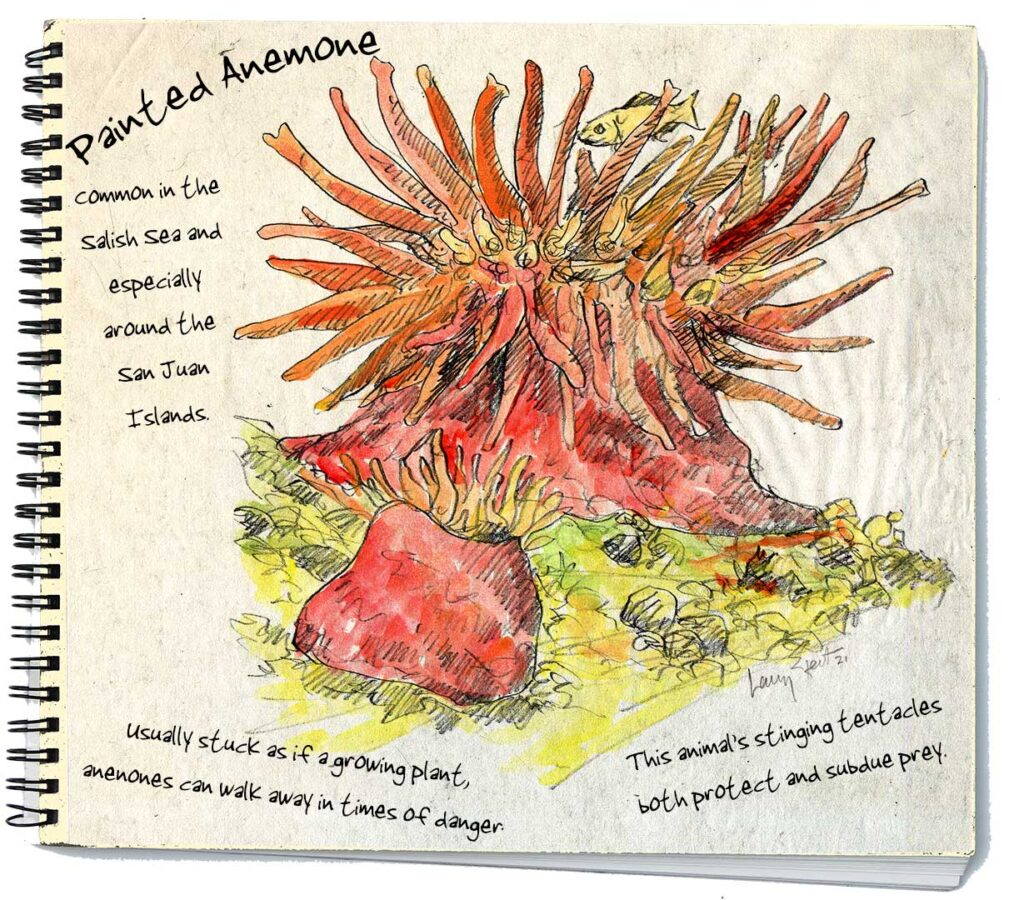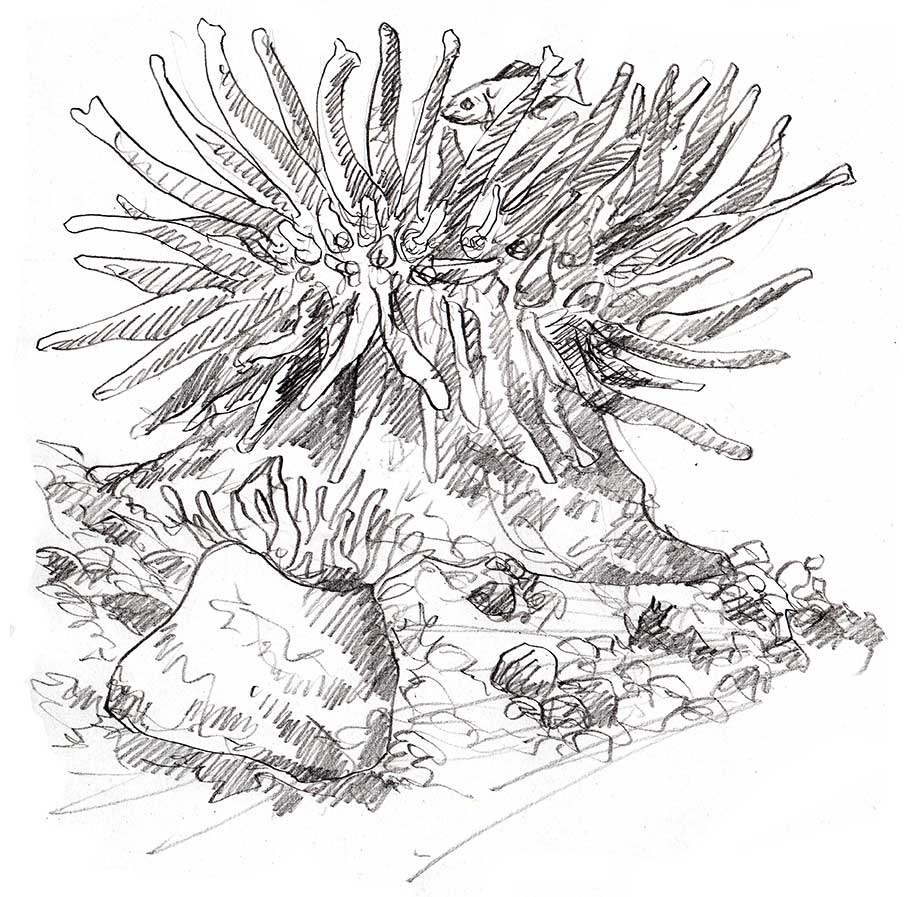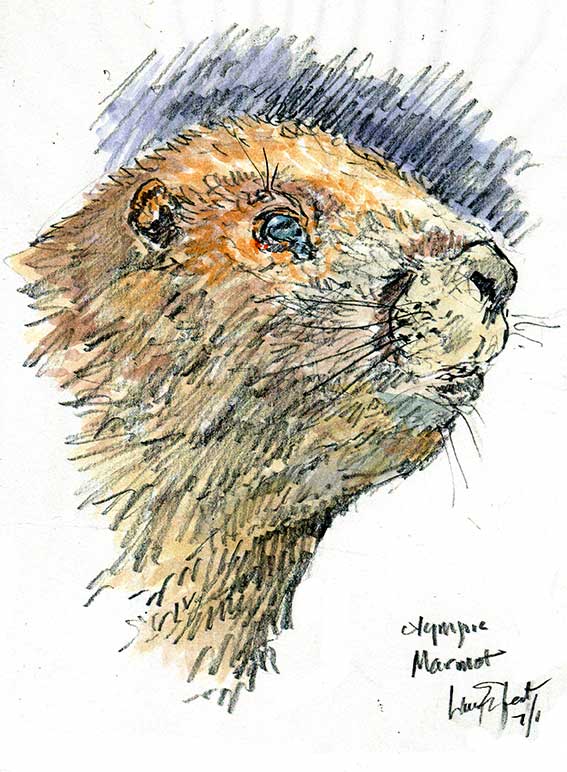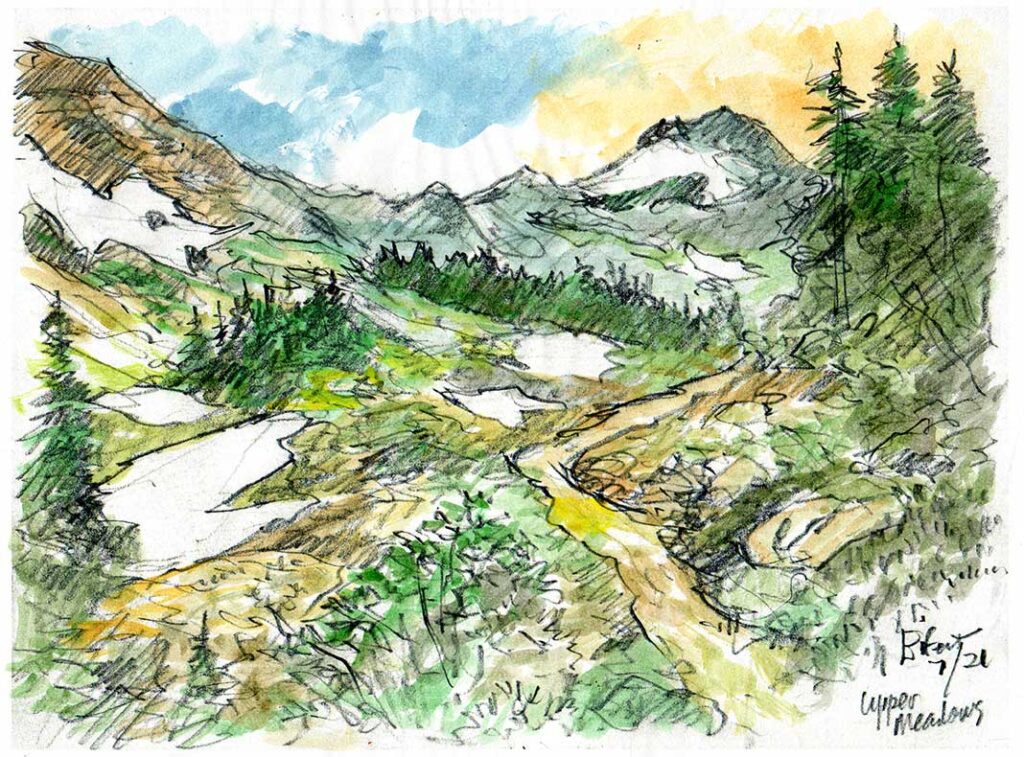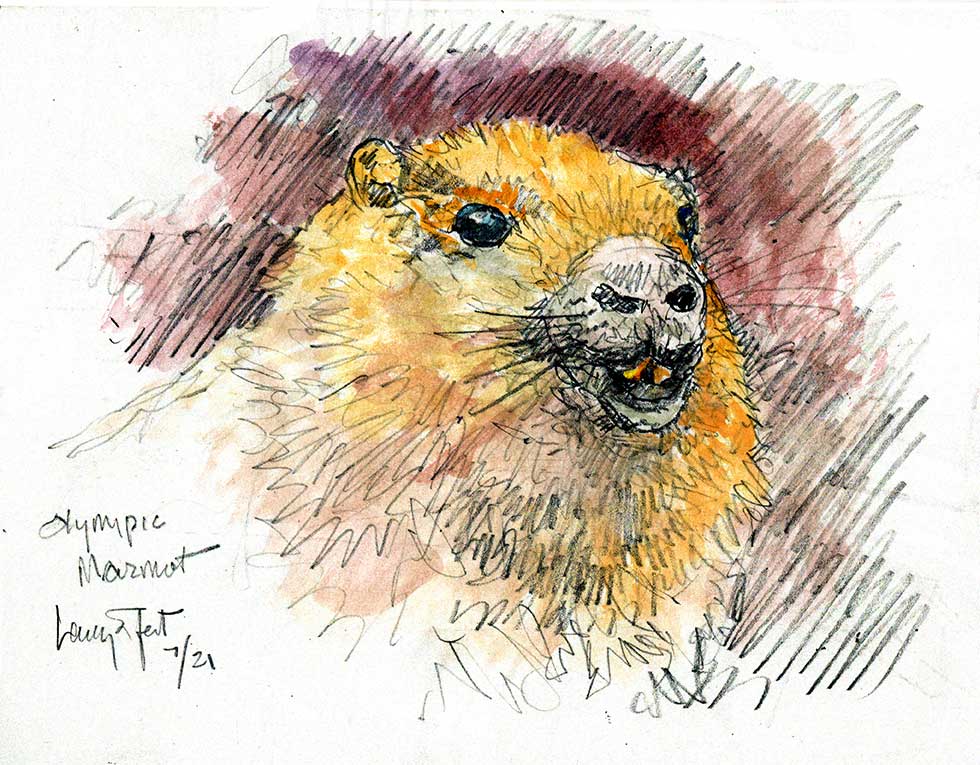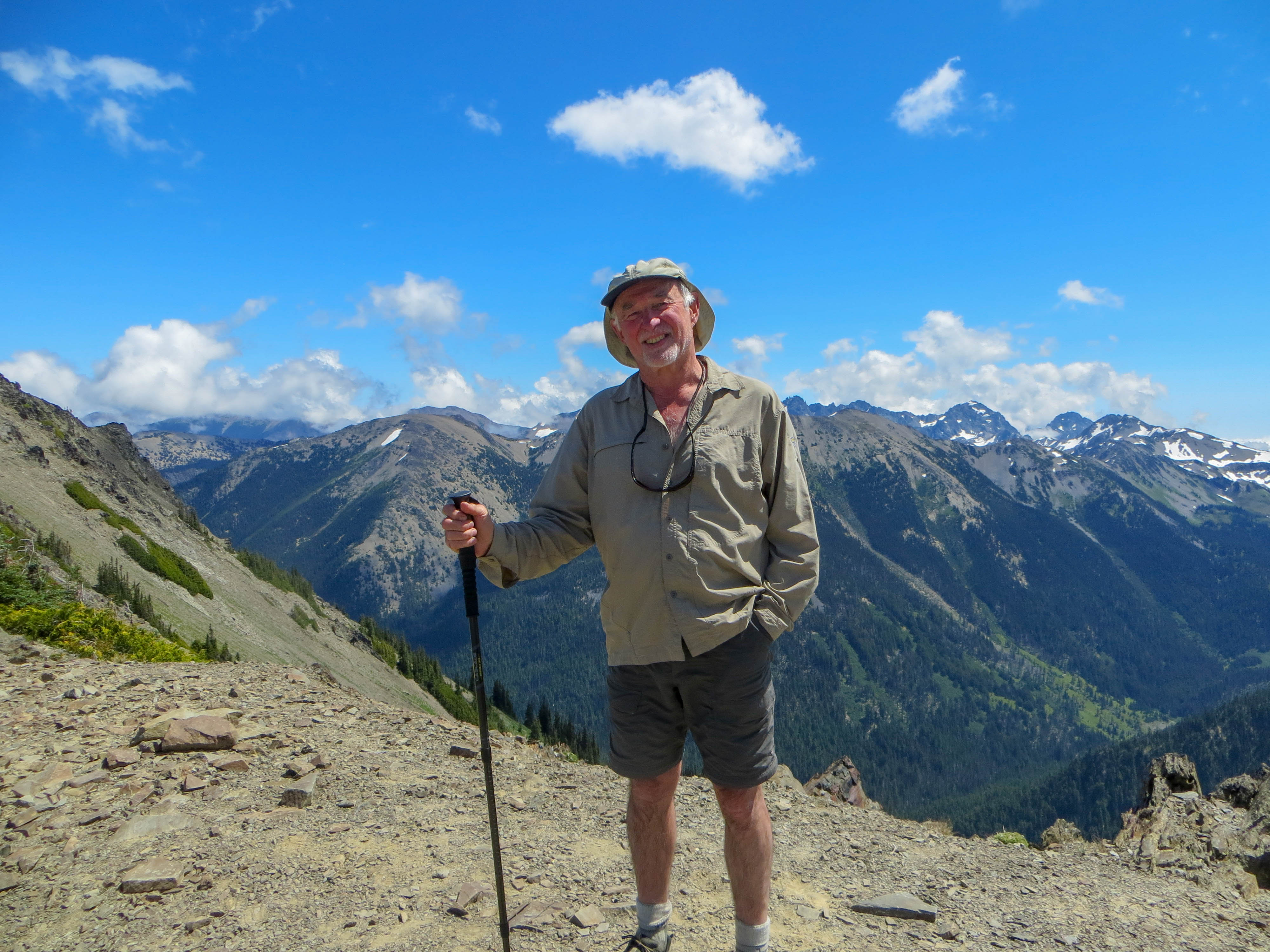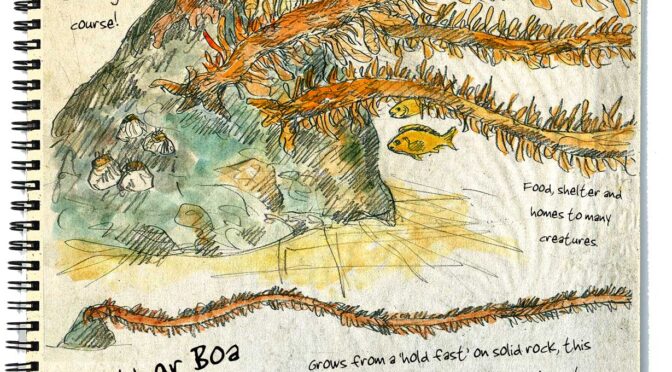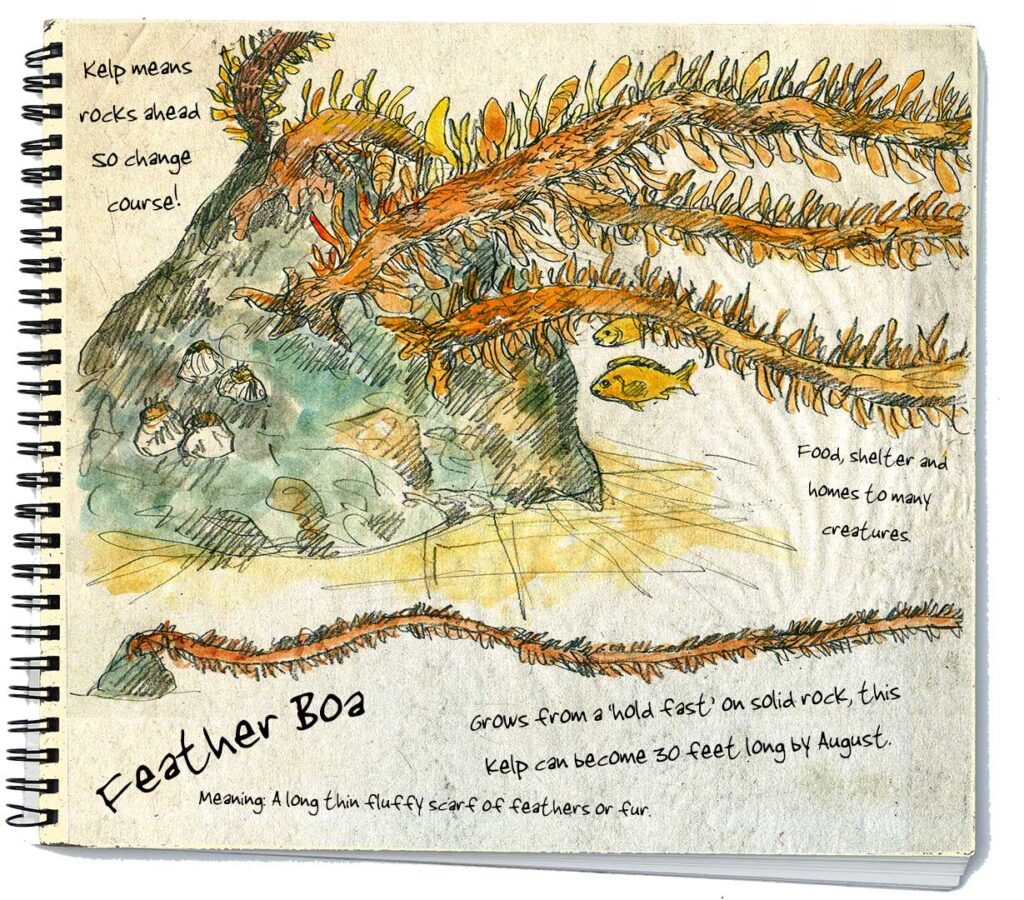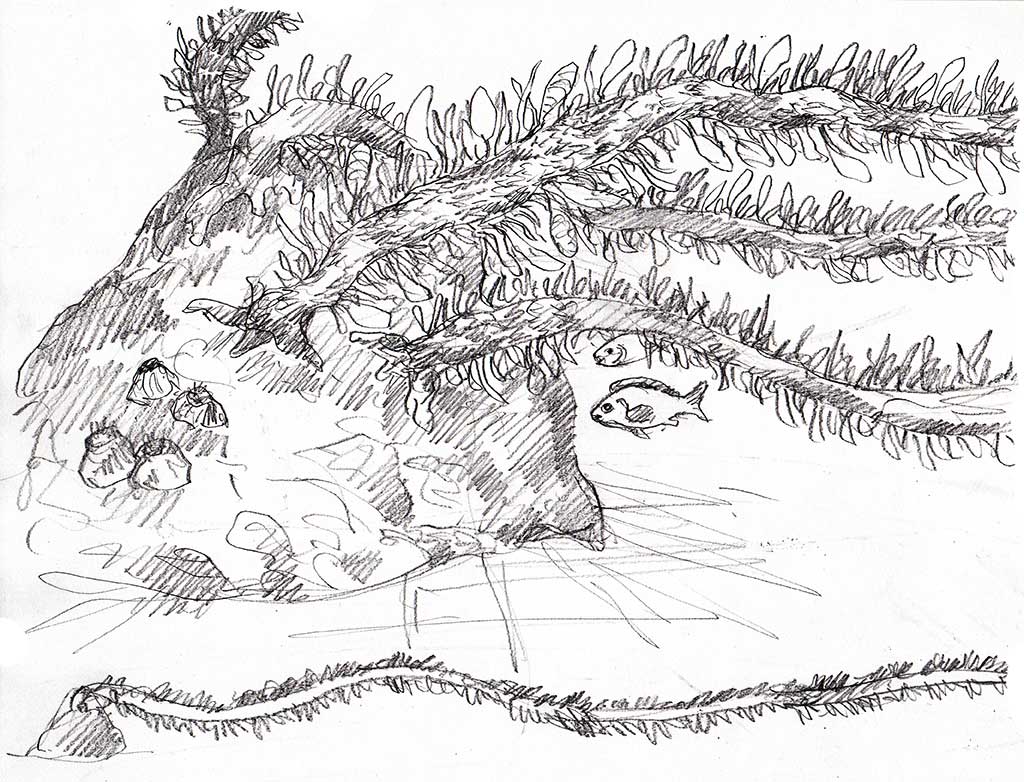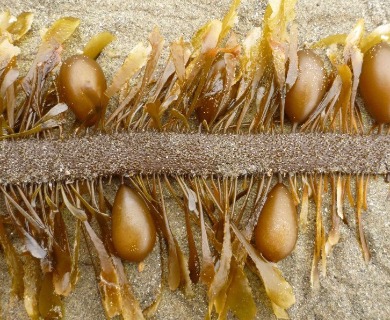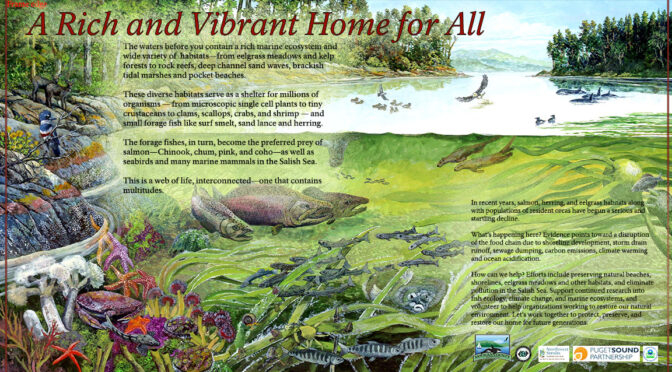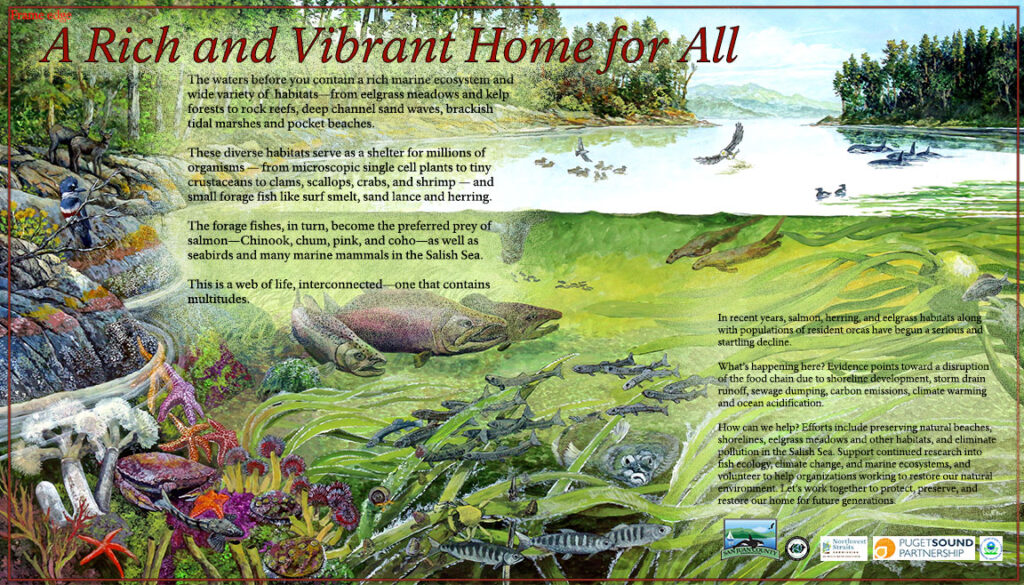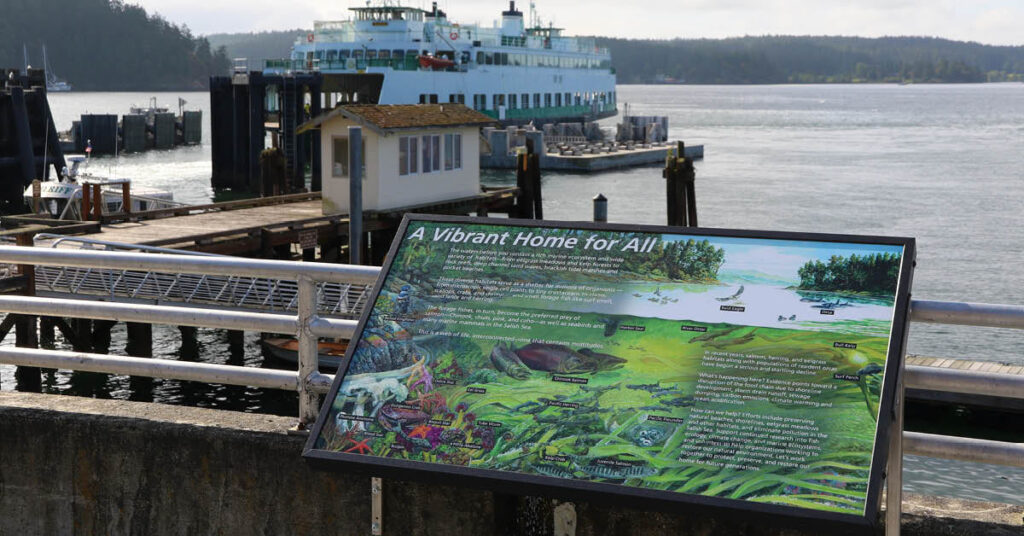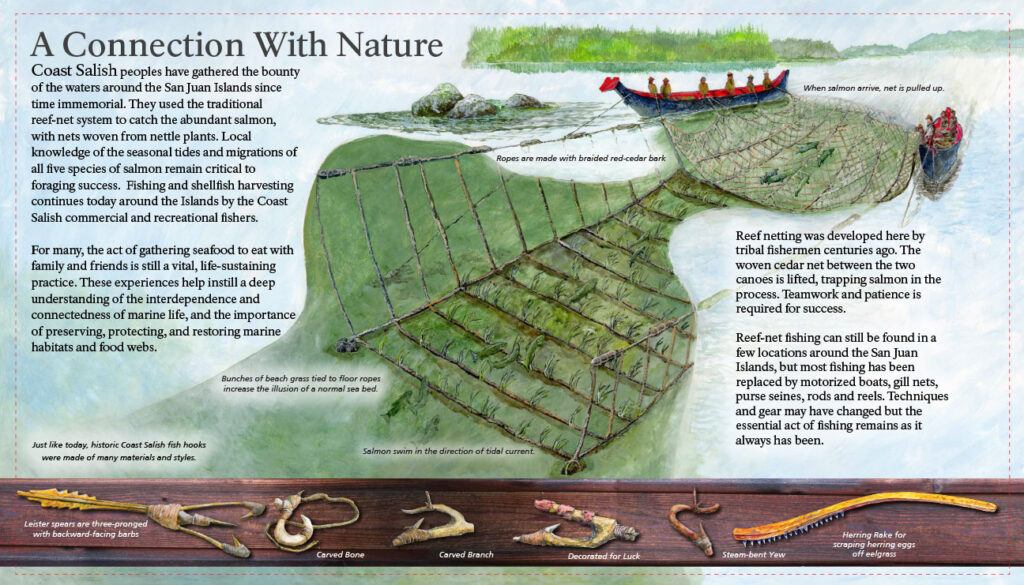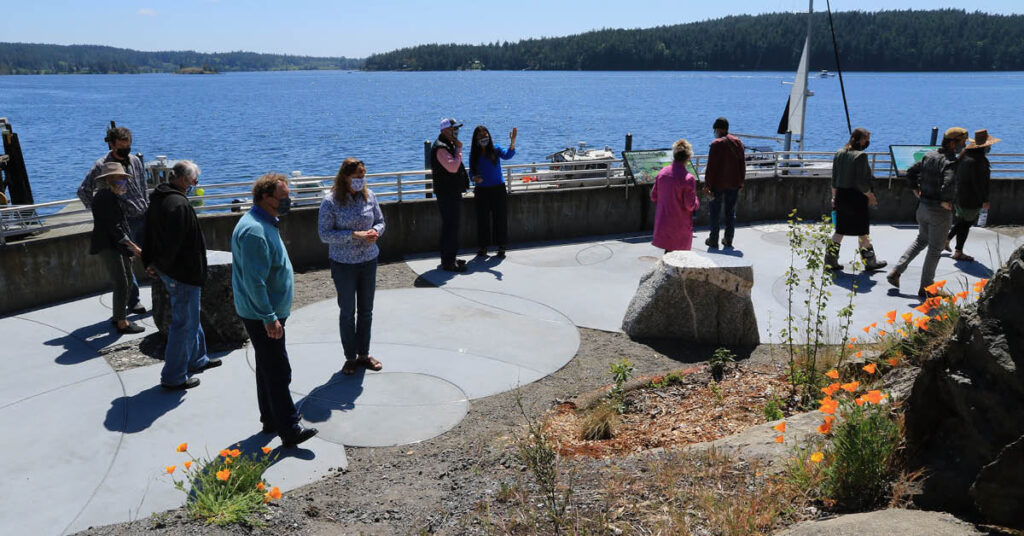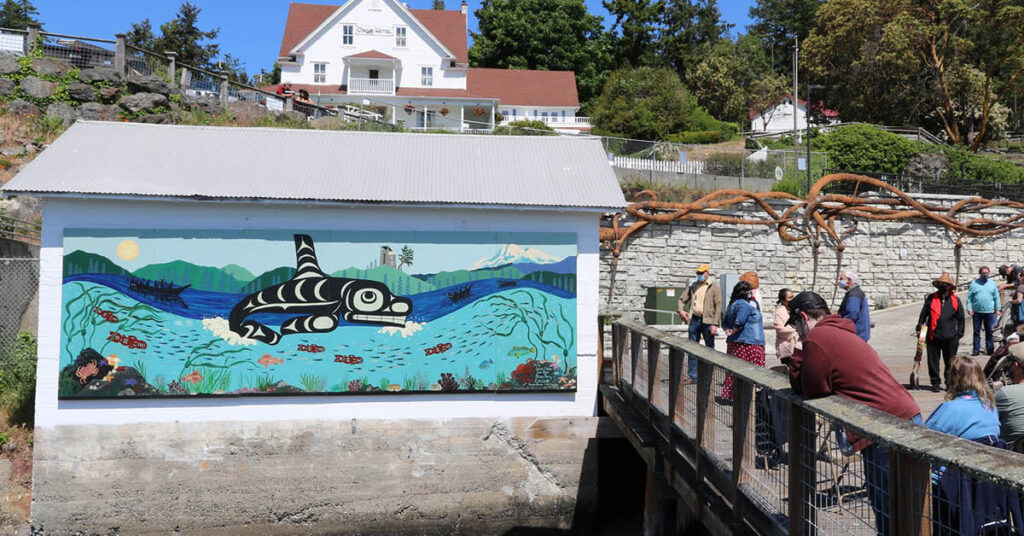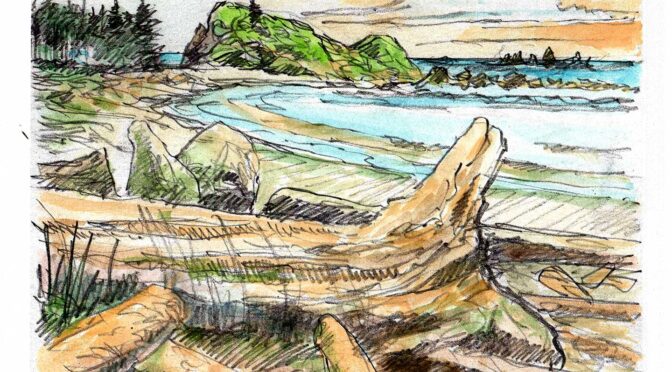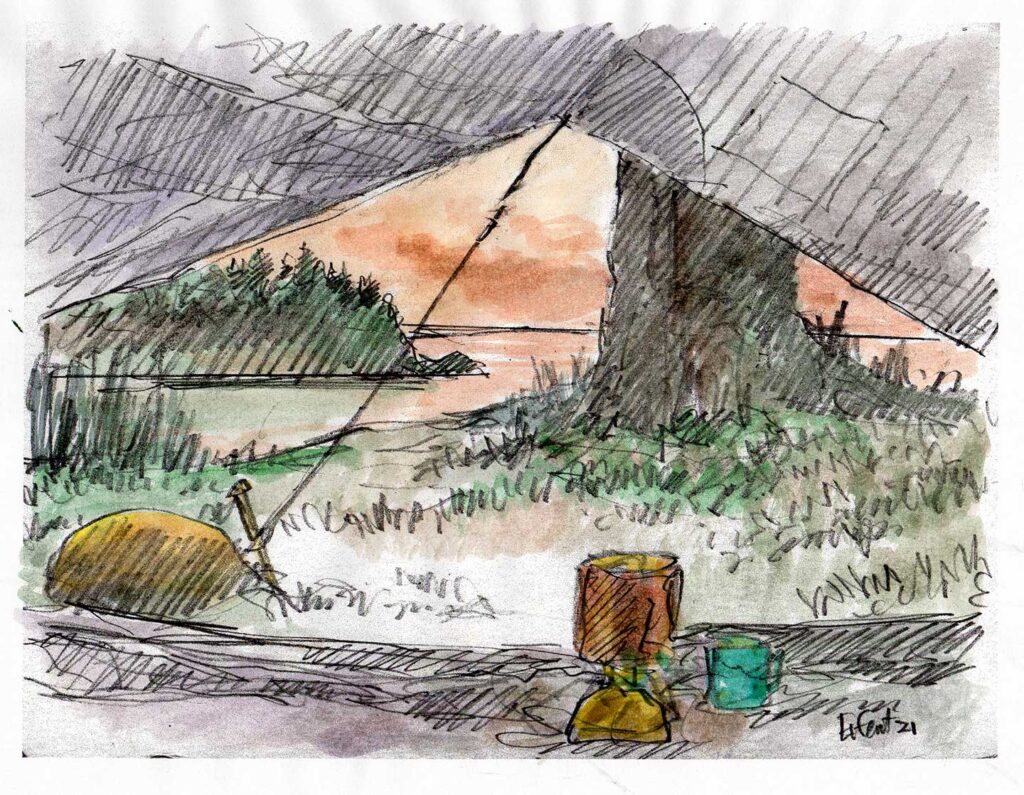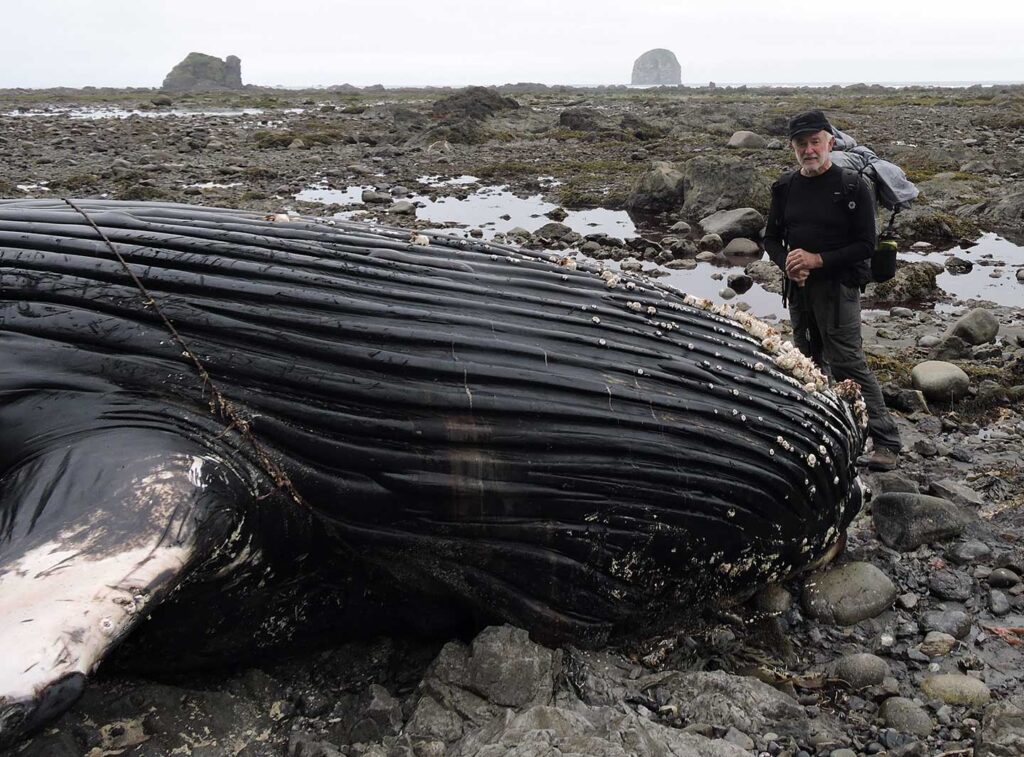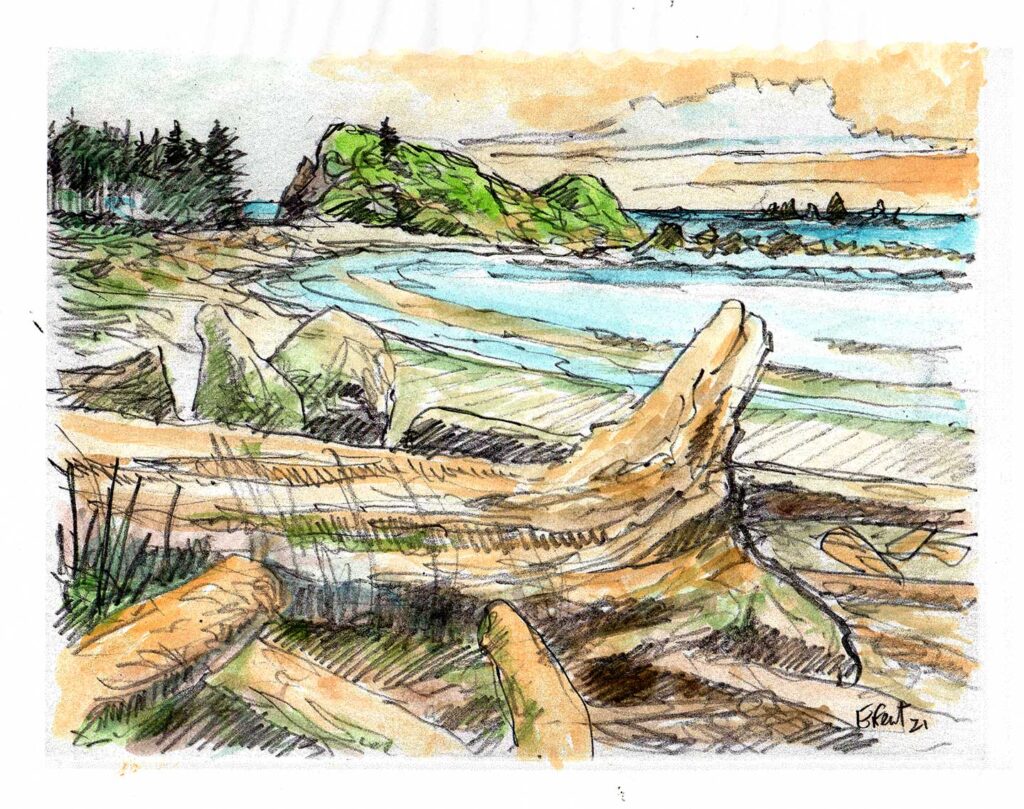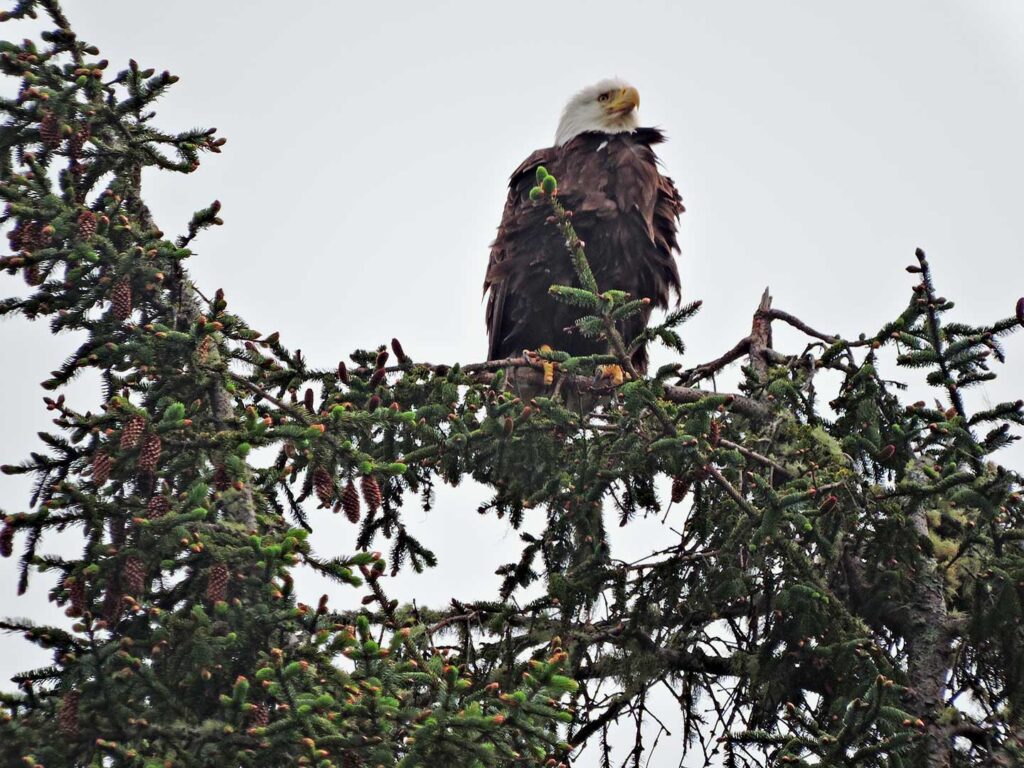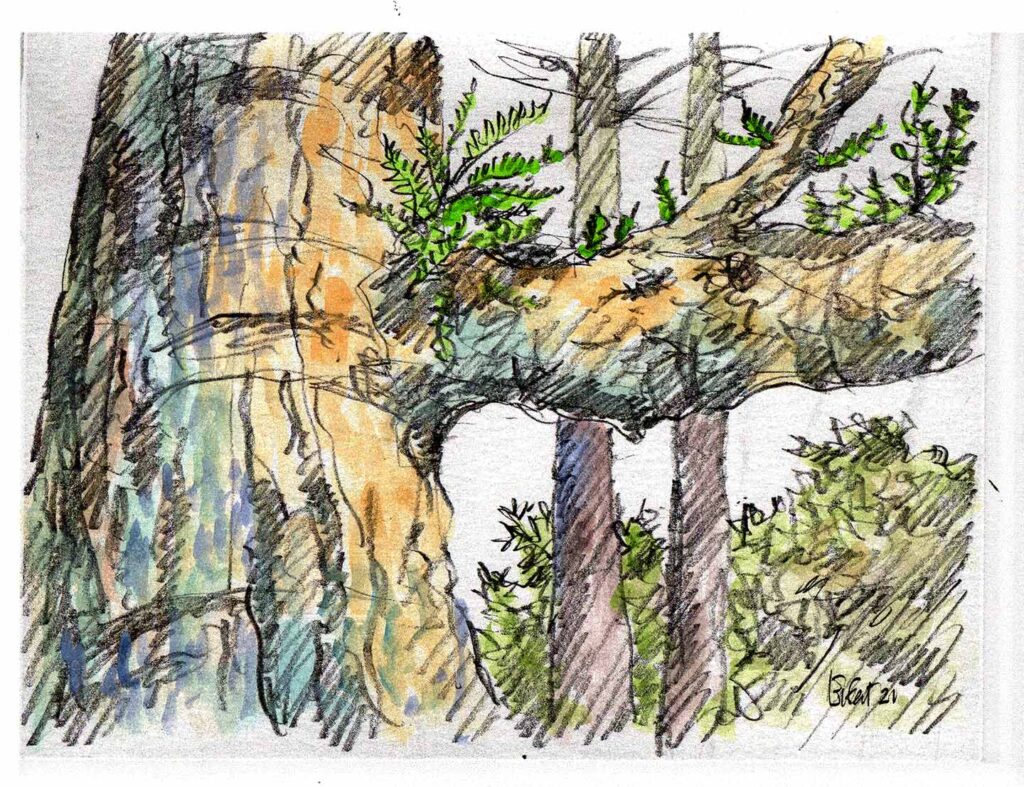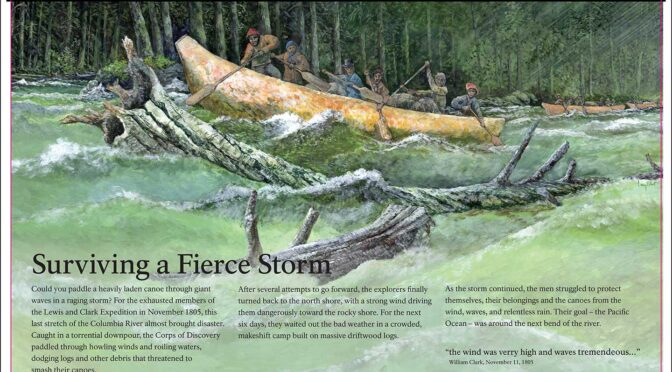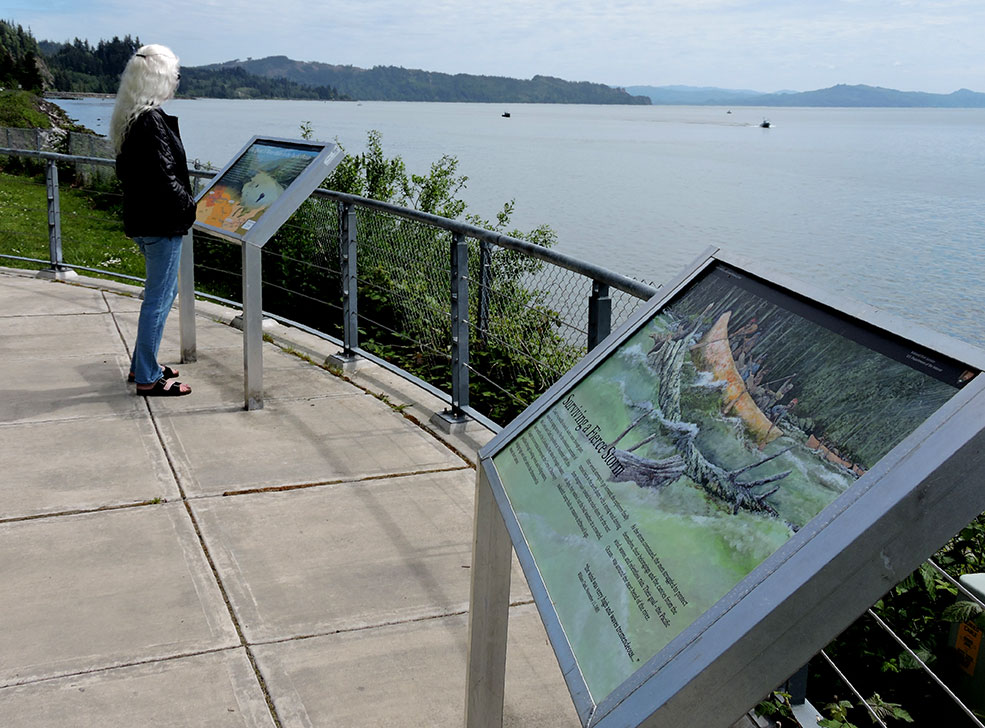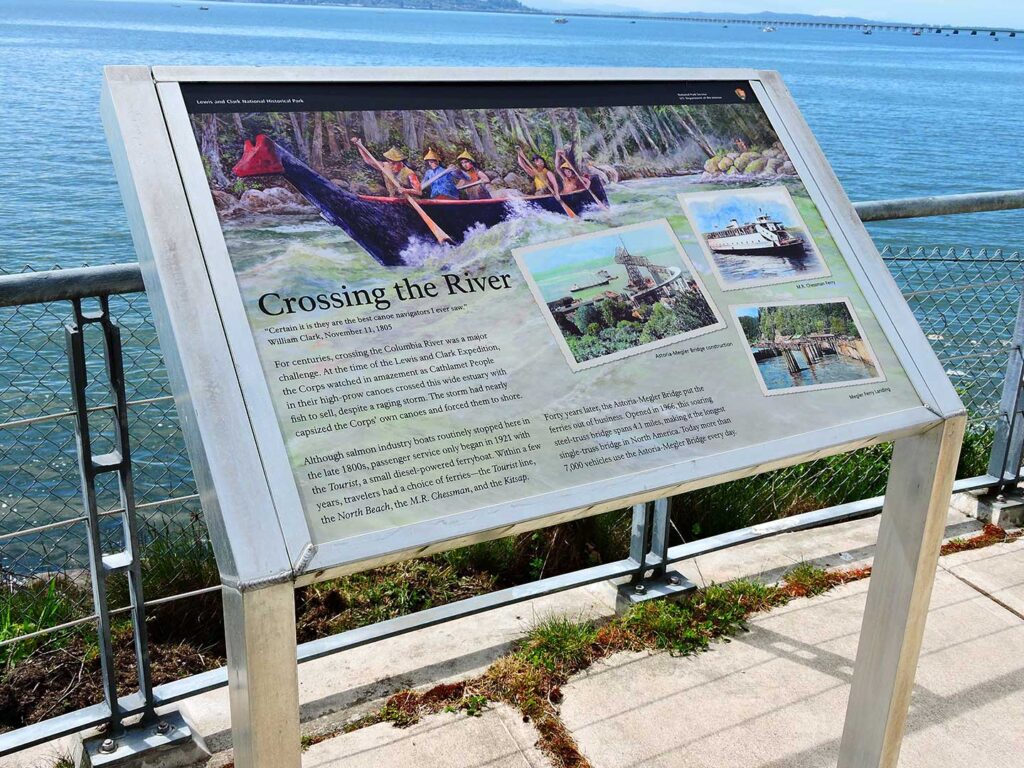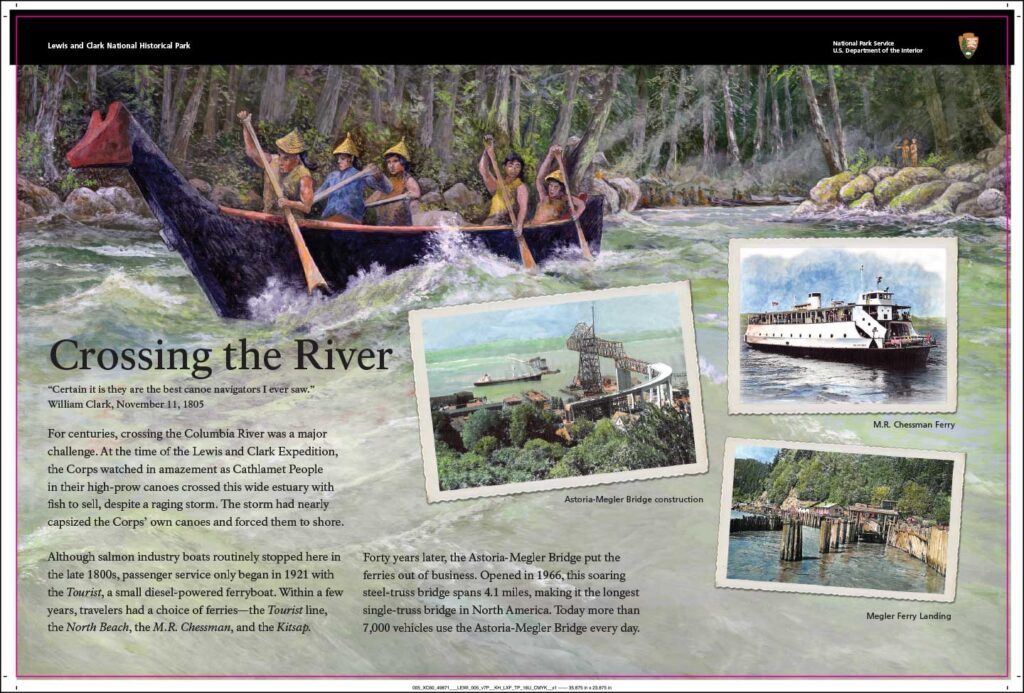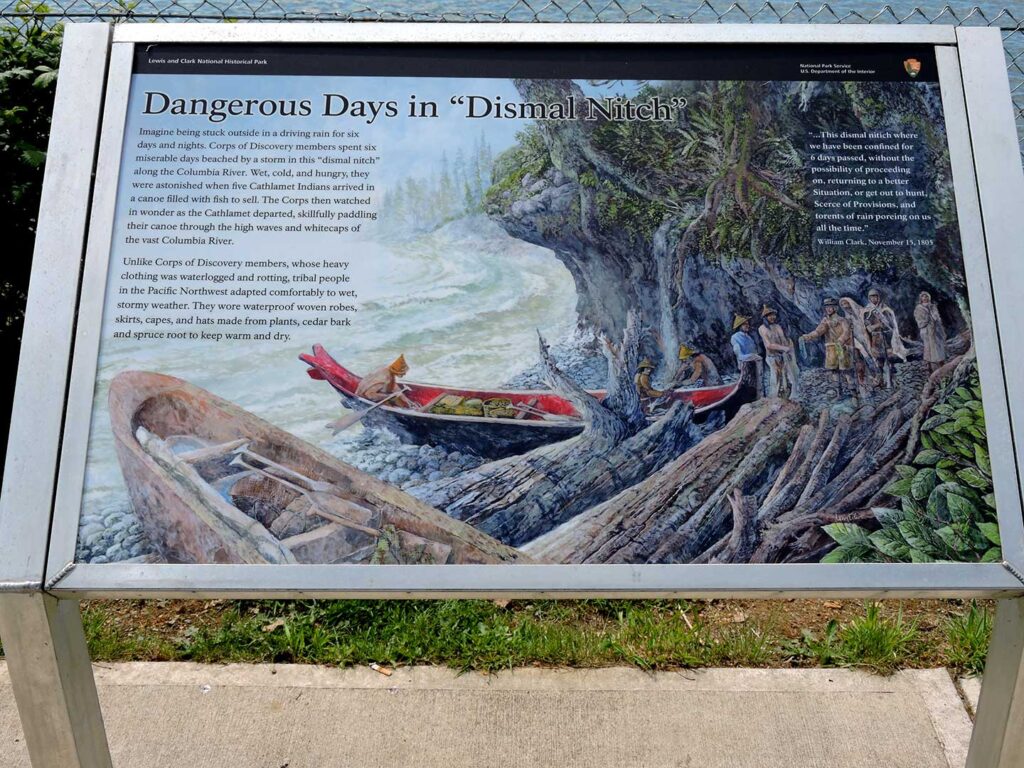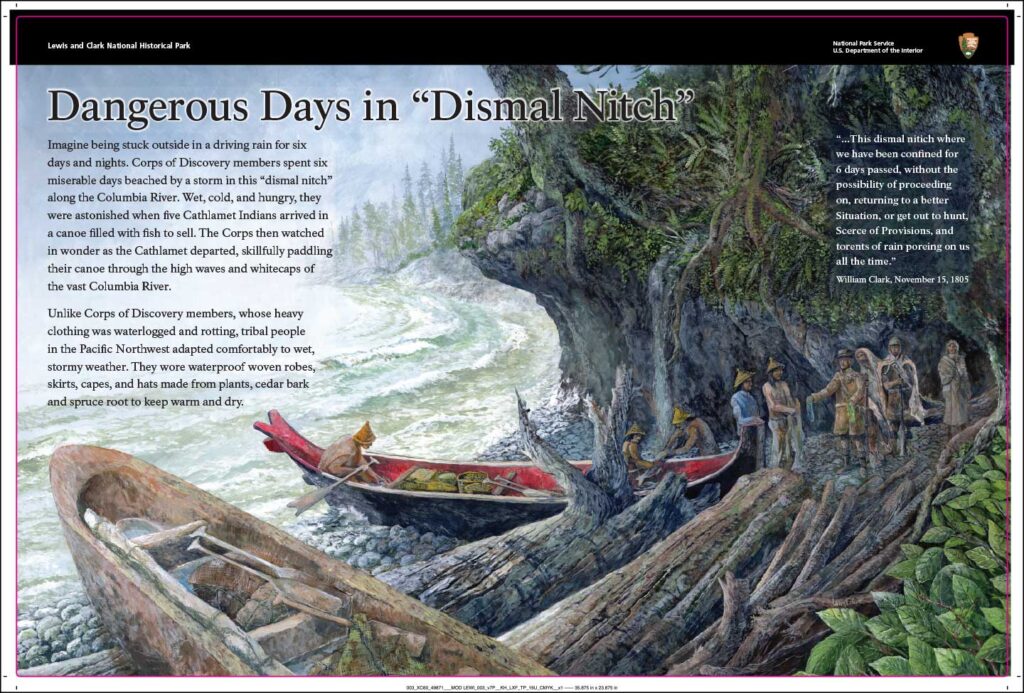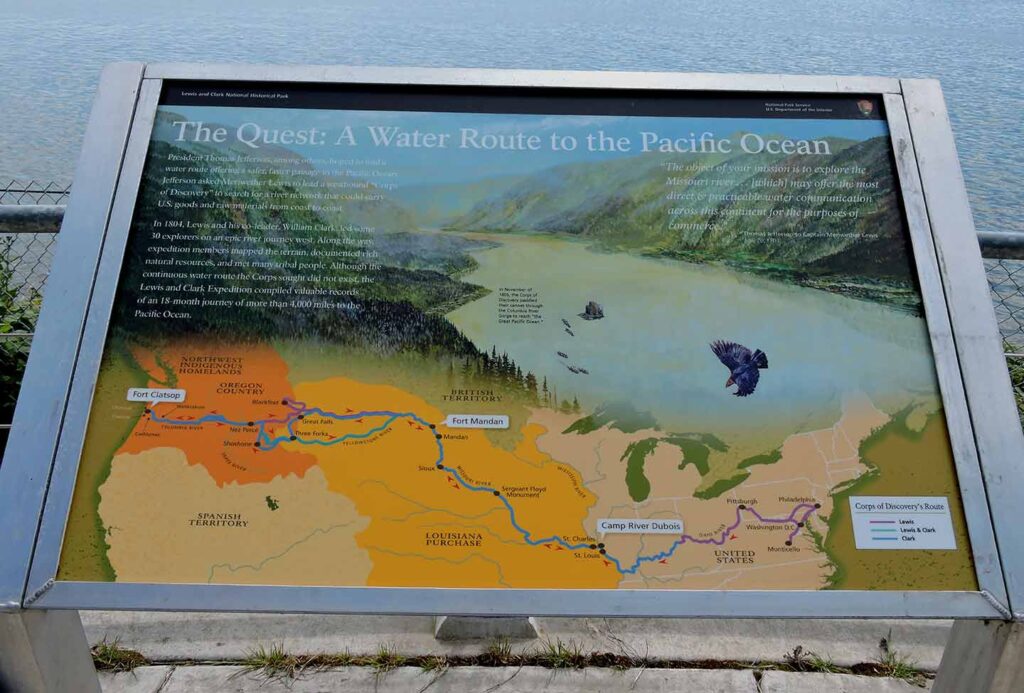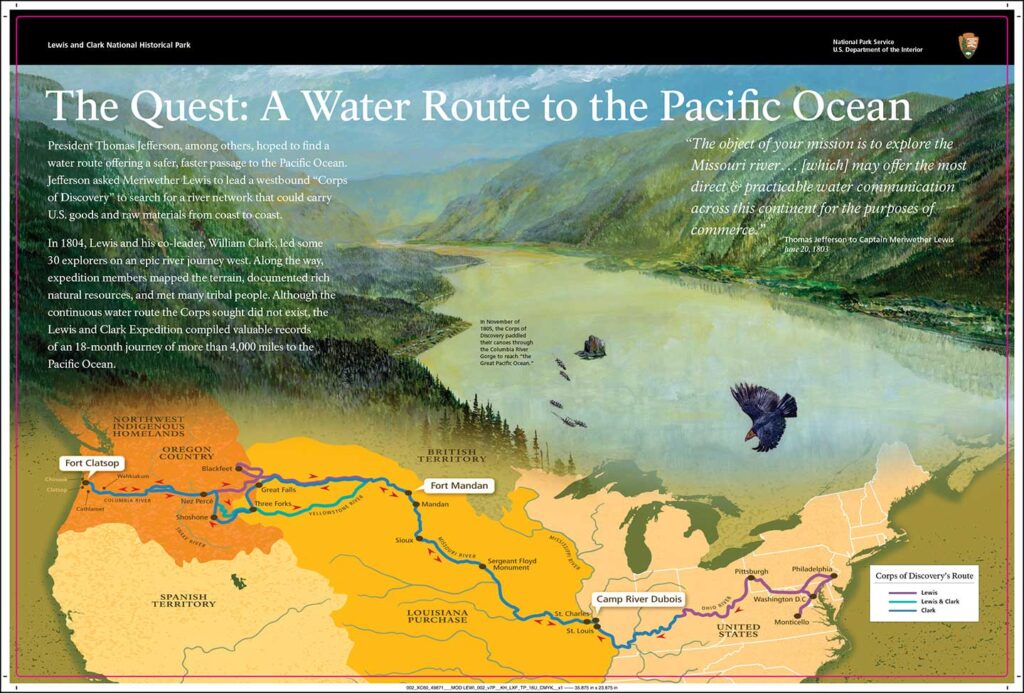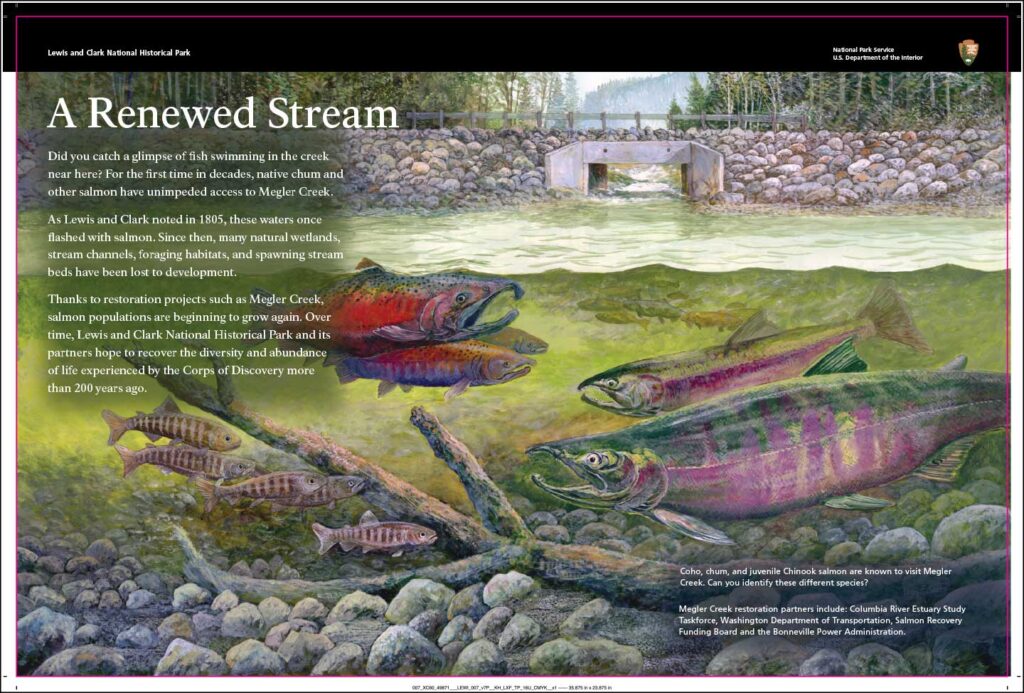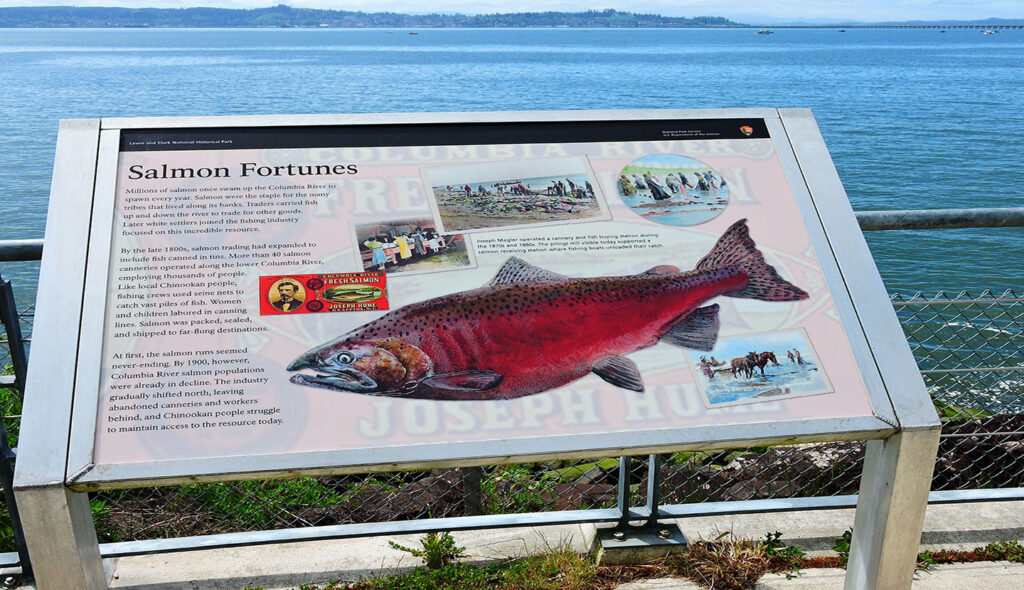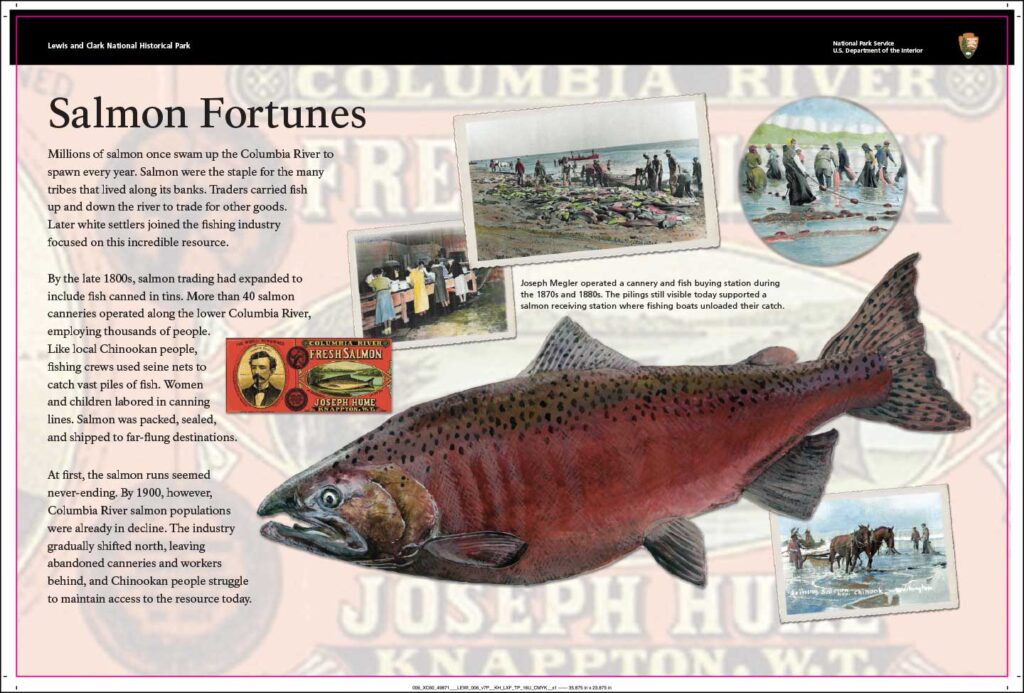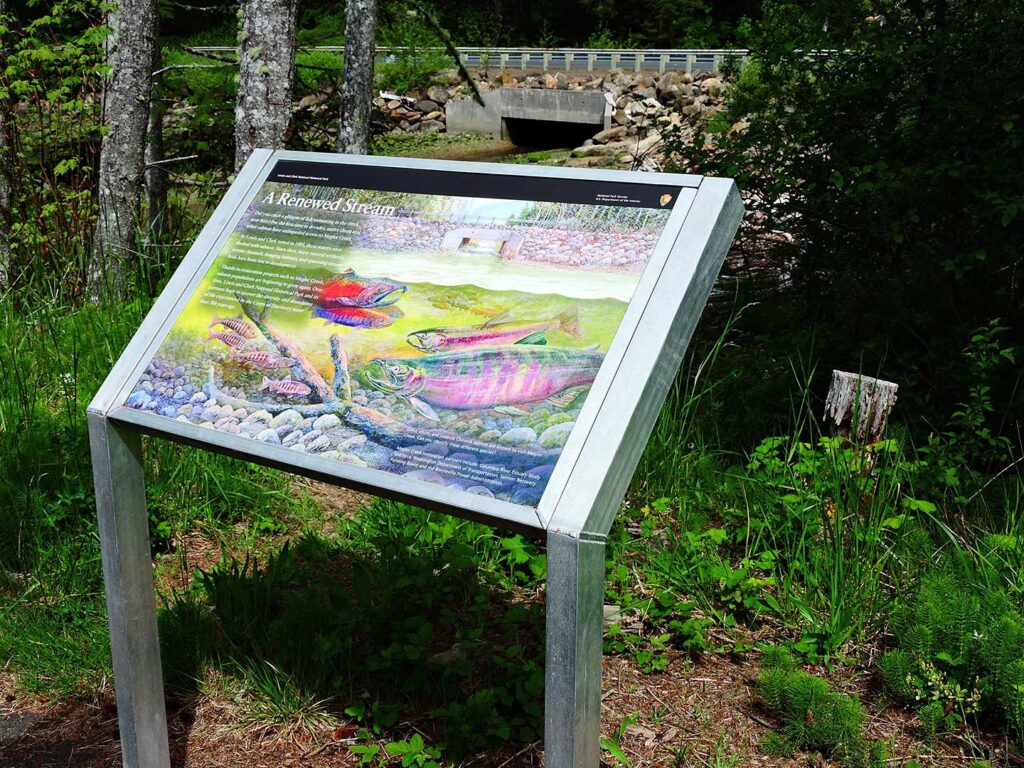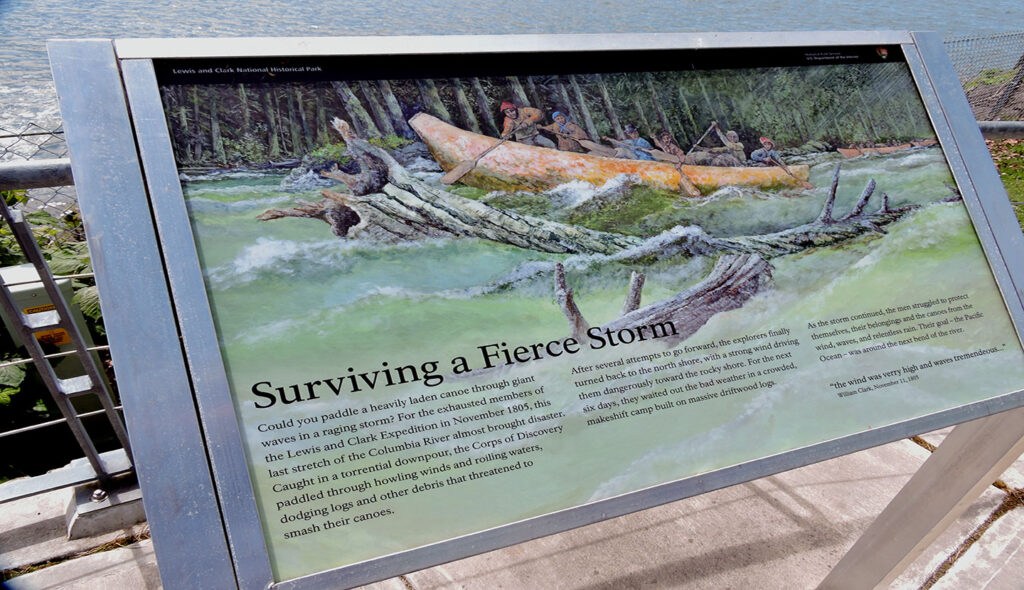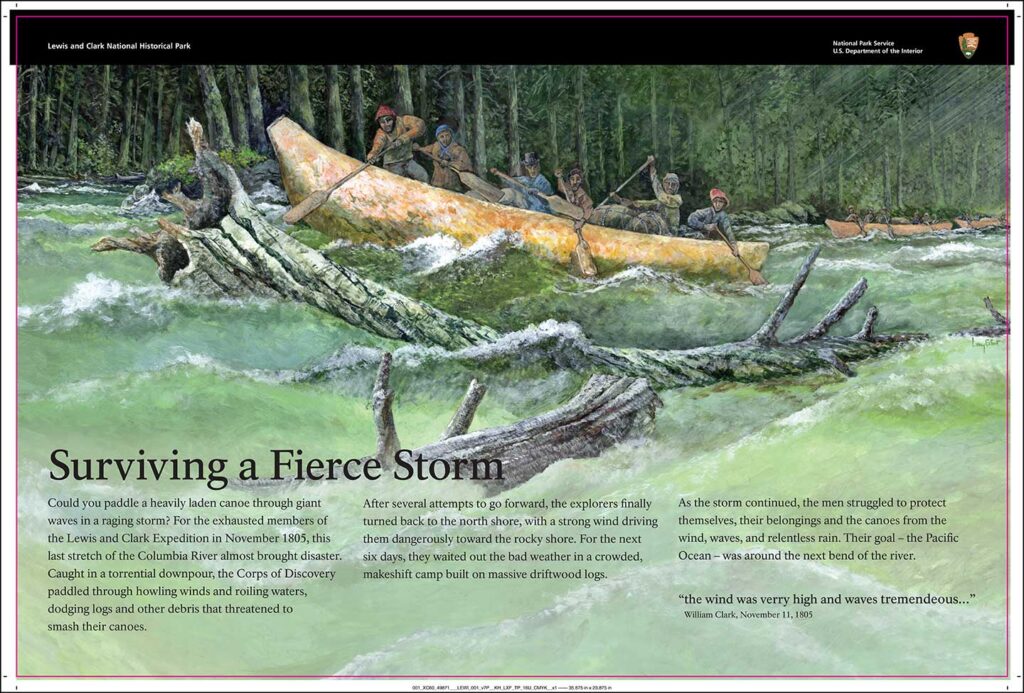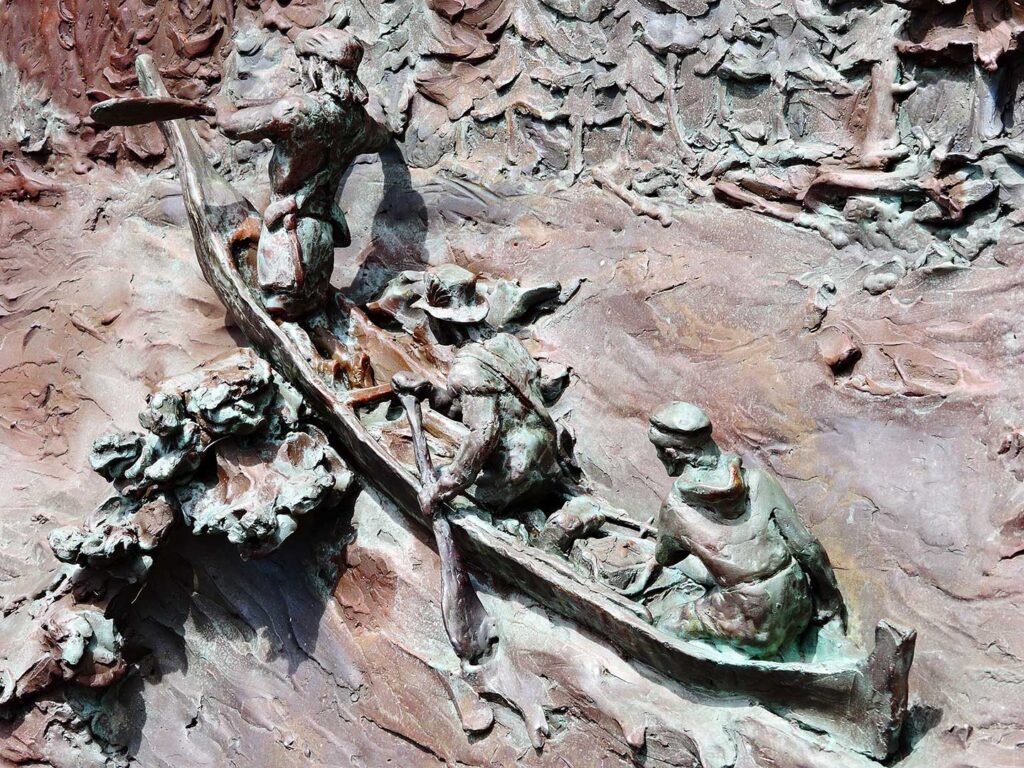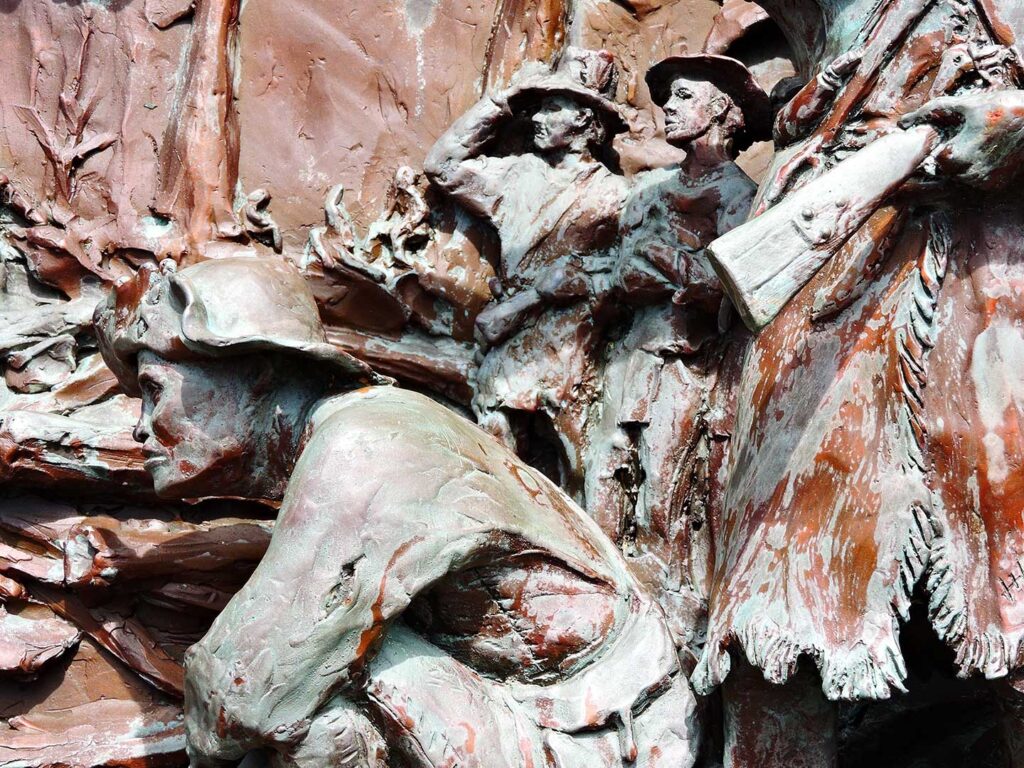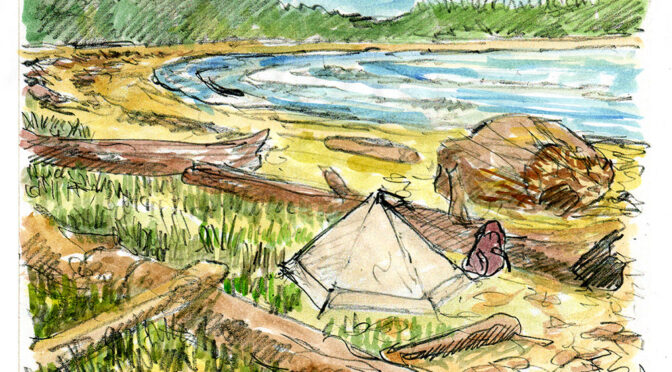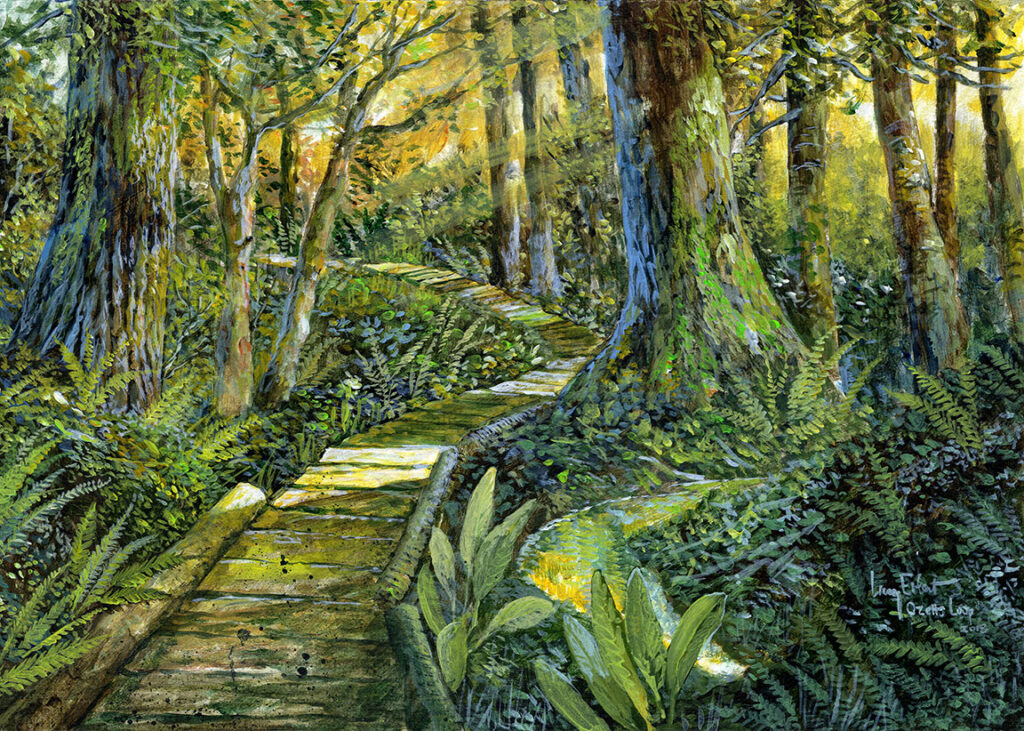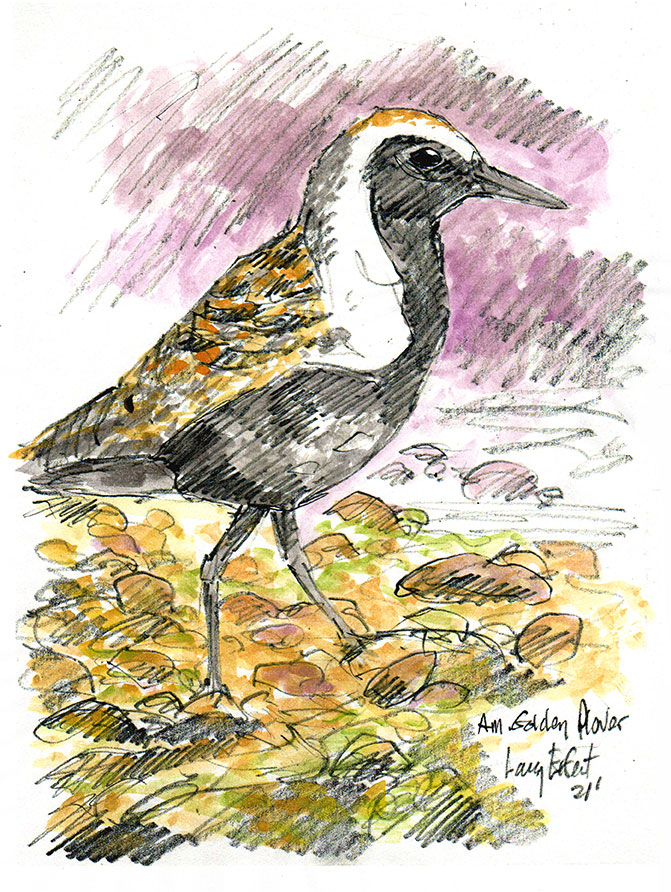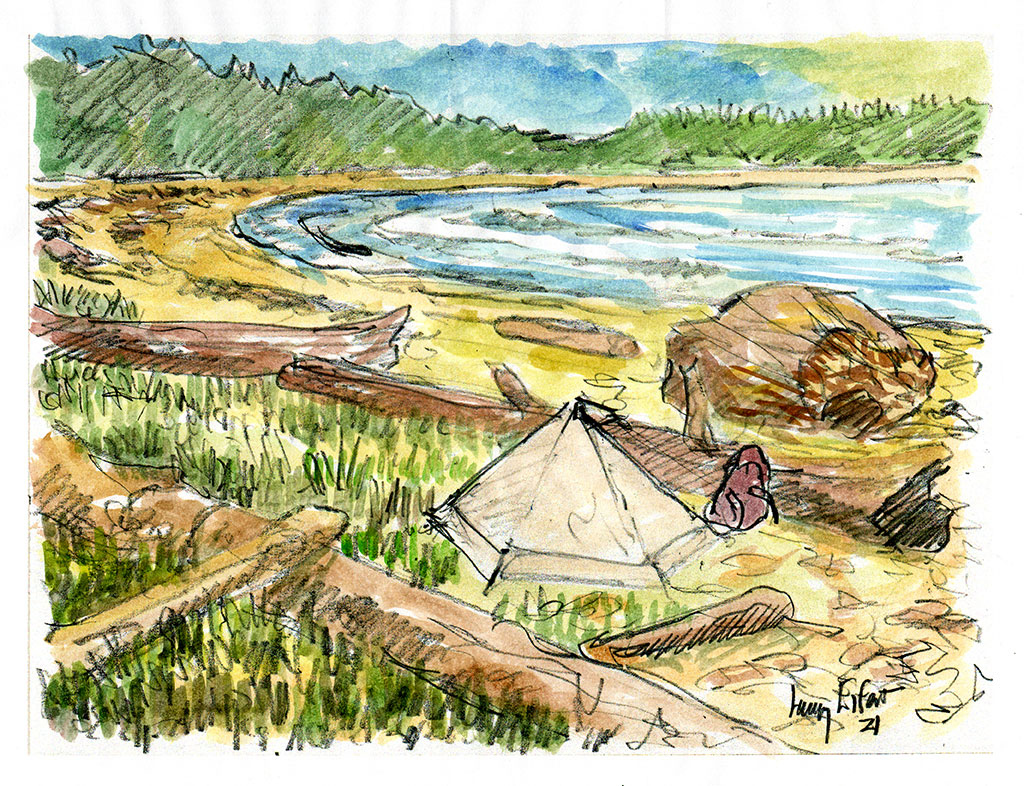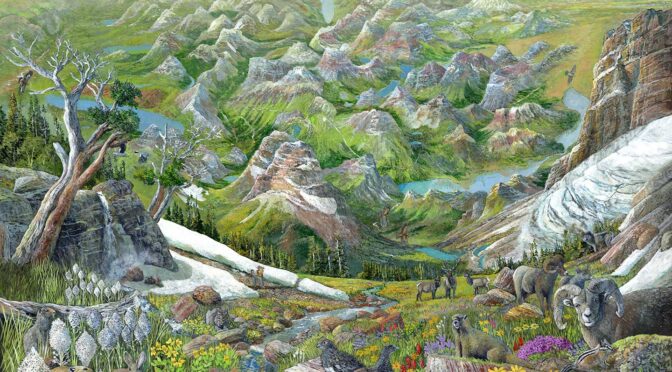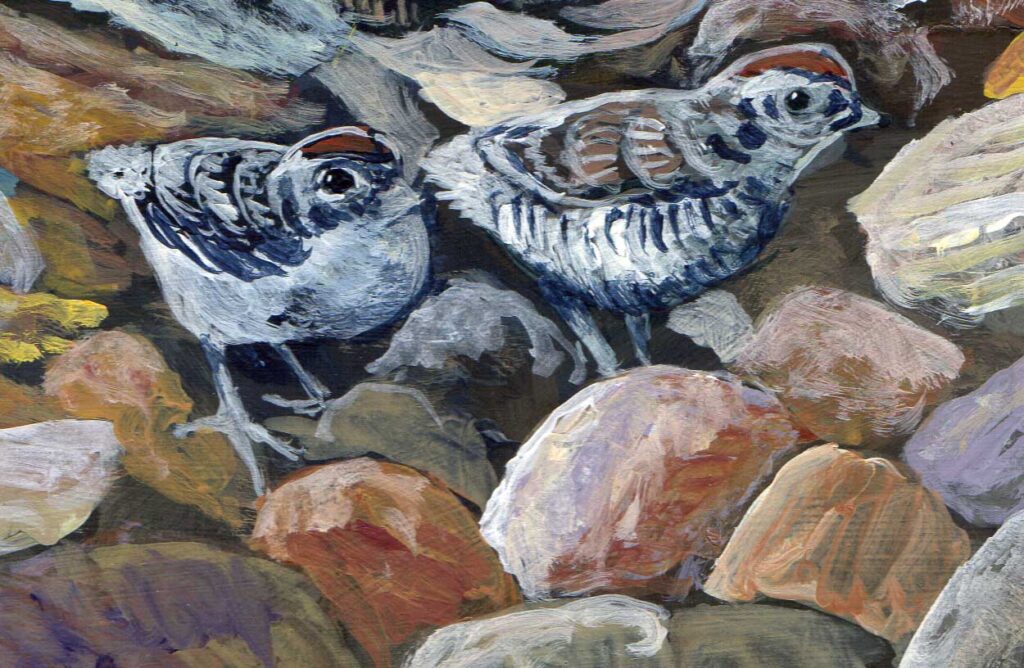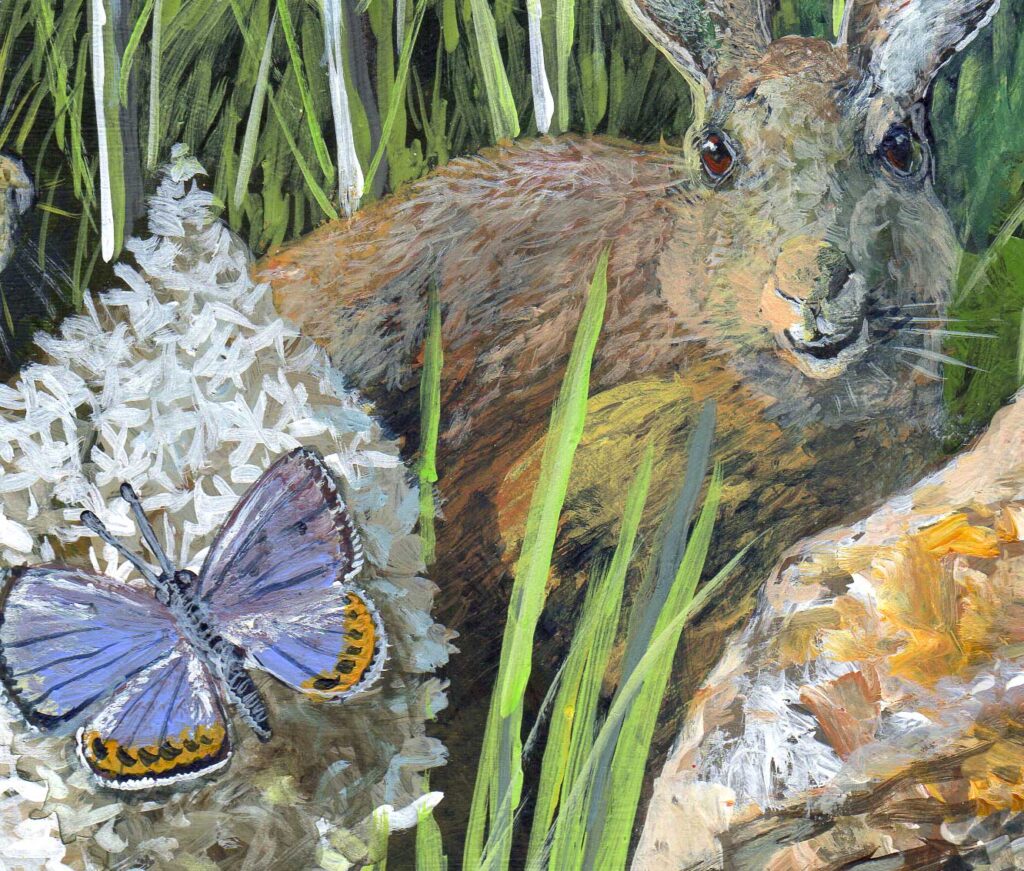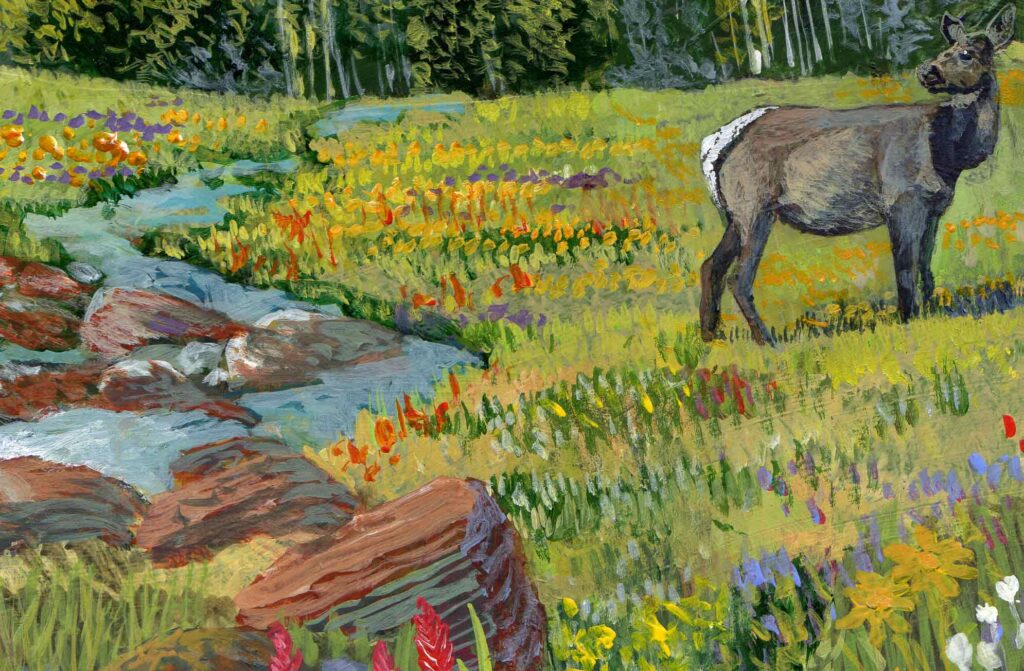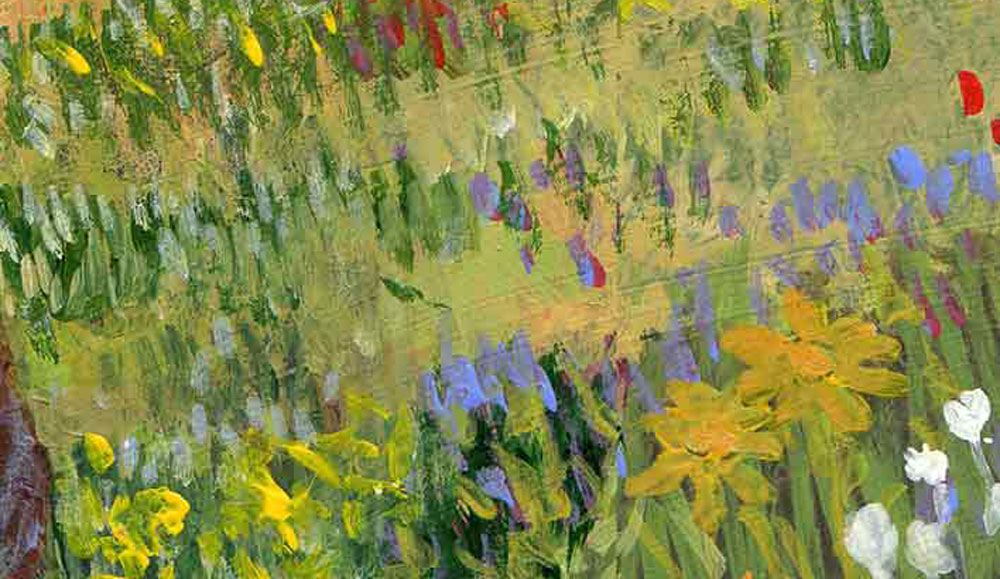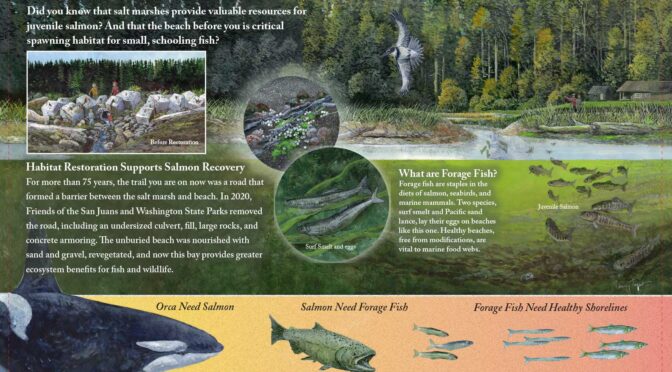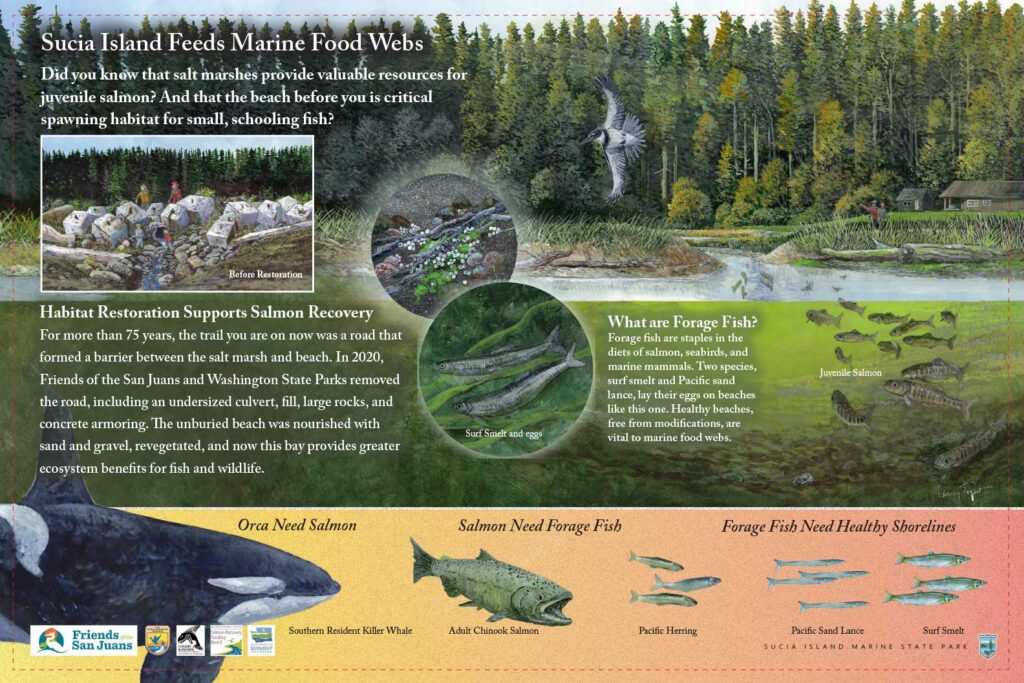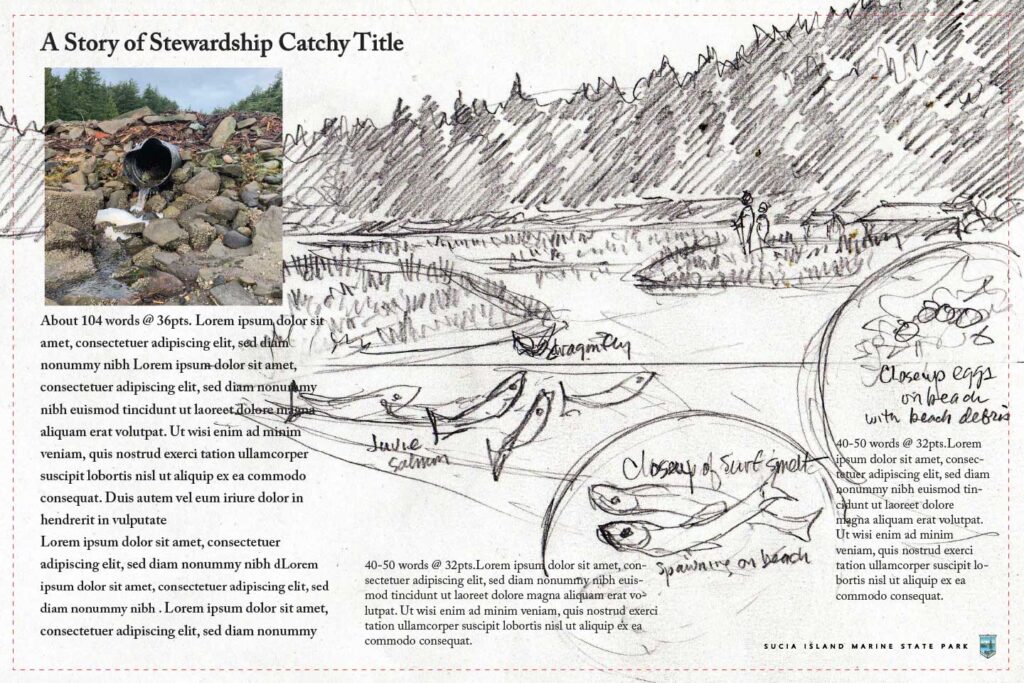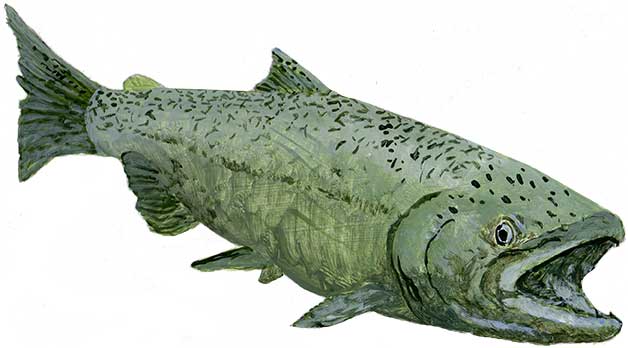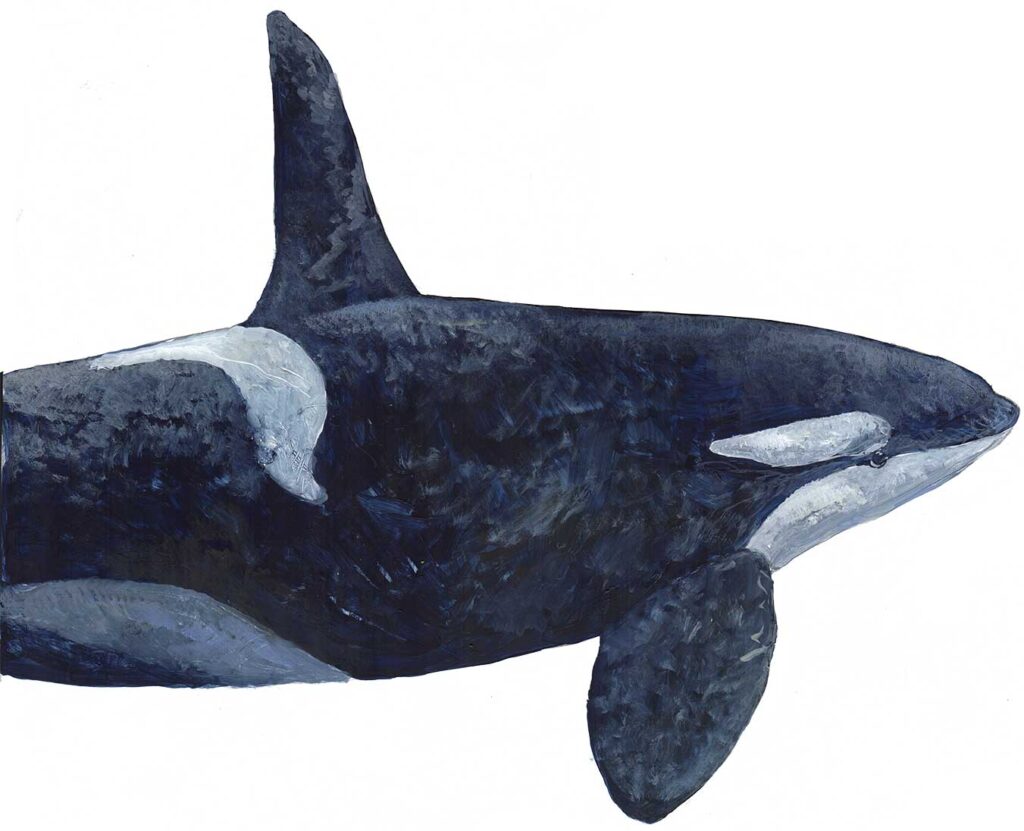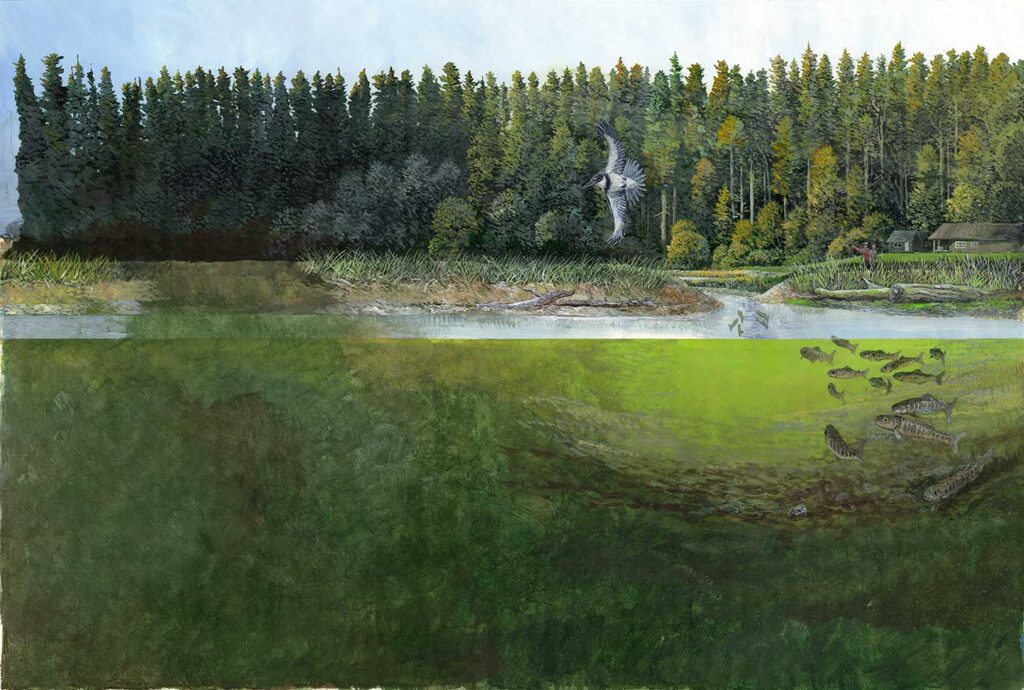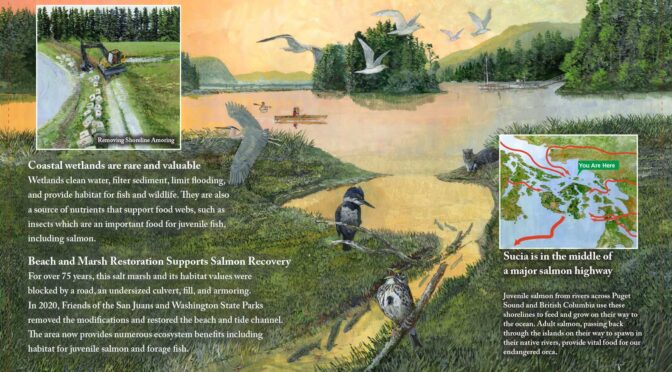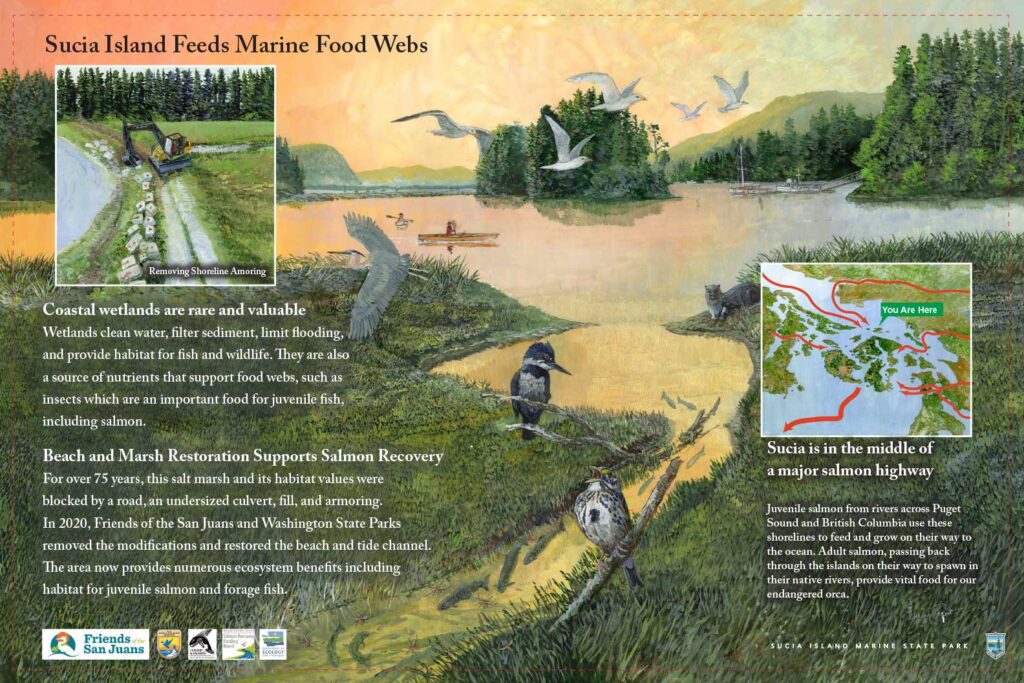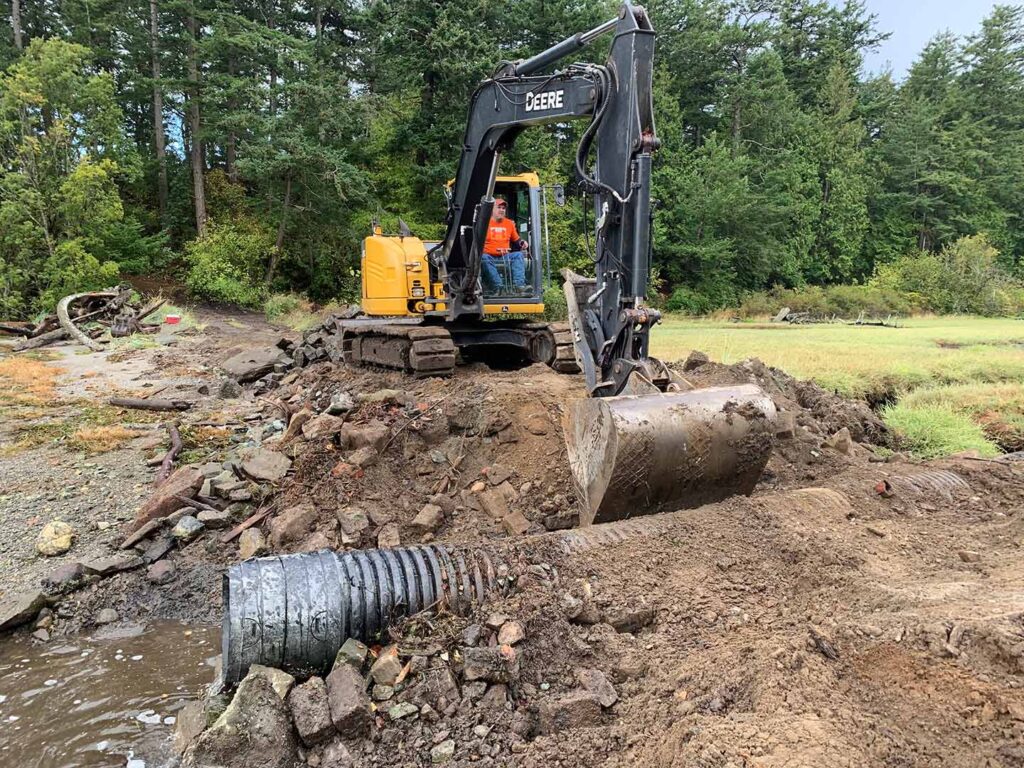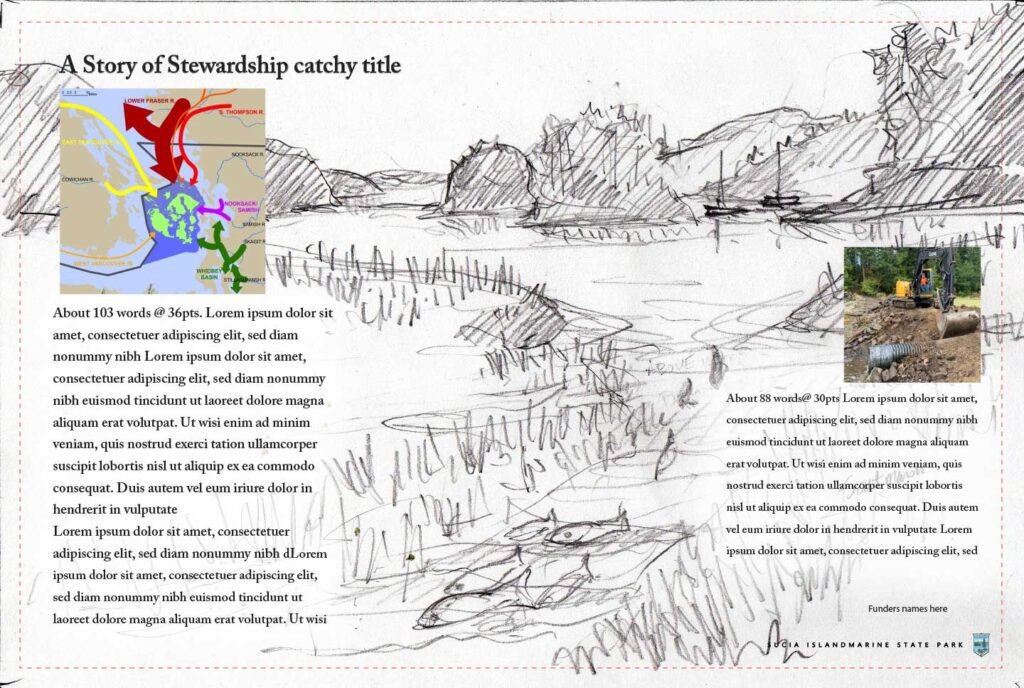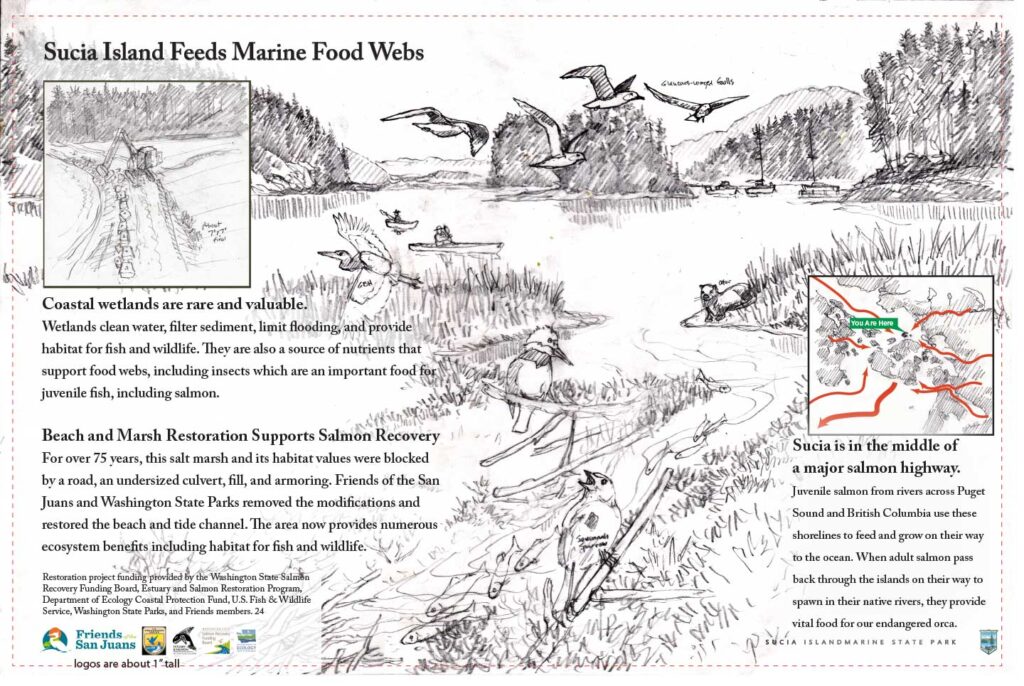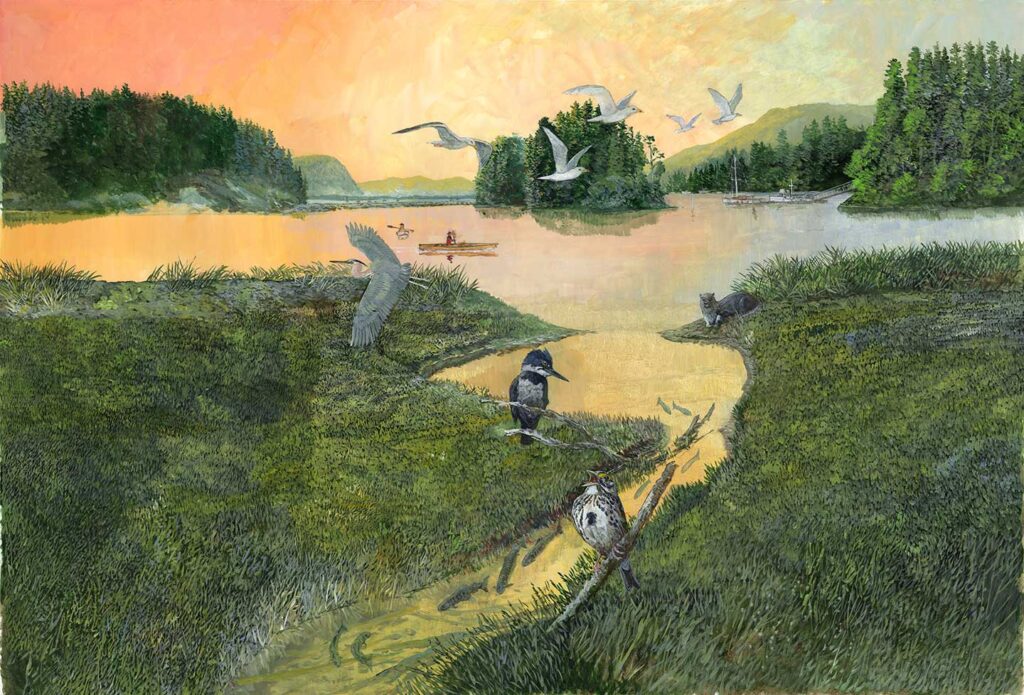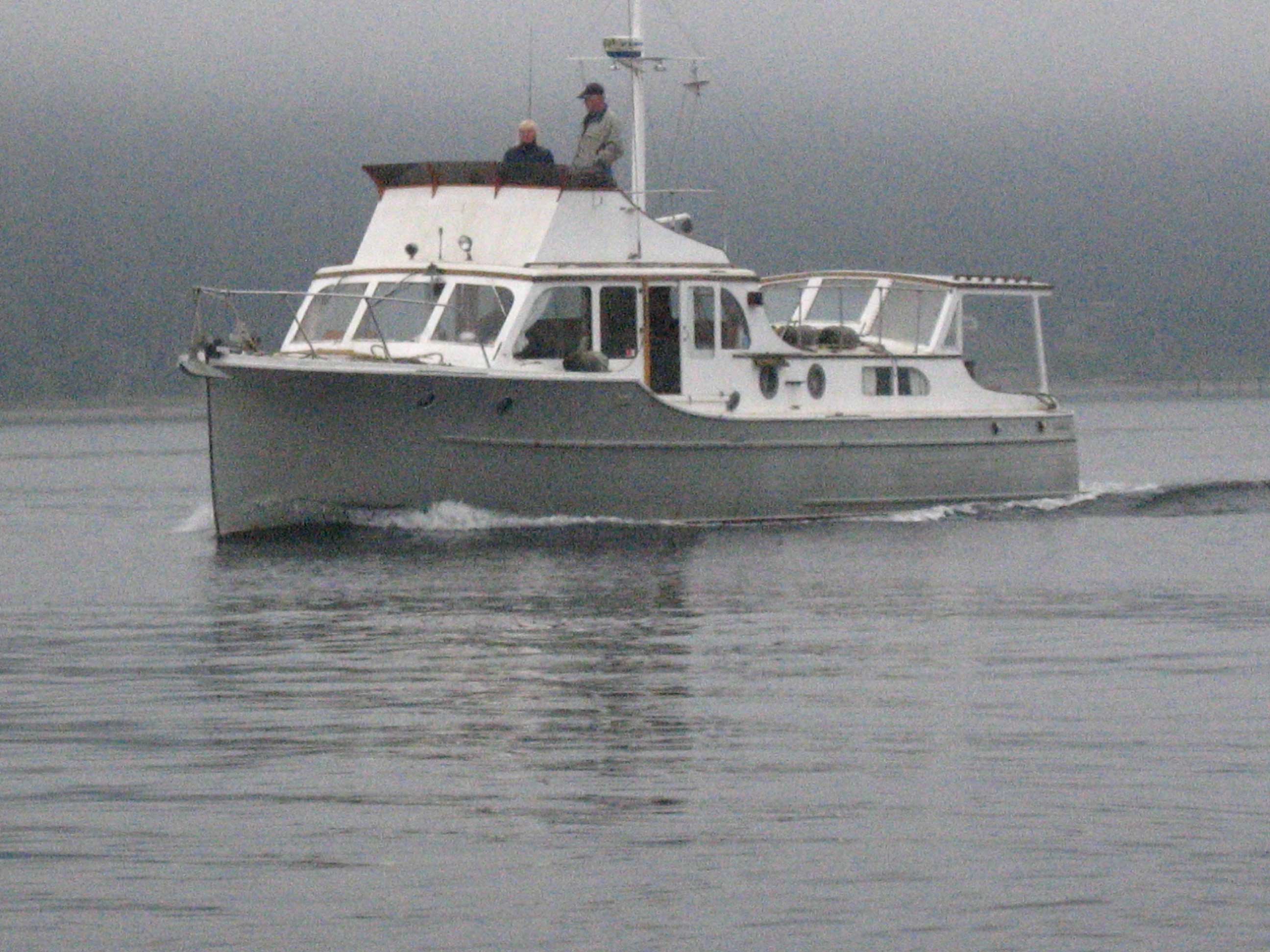This is my monthly story for September 2021 in 48 North magazine. By a quick count, it’s my 111th edition, probably worthy of a book if I had the time to put it together. It’s still fun for me to do, to go out and see something interesting and new that I don’t know about. I research it and paint it – and I gain more fun knowledge to stuff in my ancient brain. I think it keeps me young!
Here’s the story:
Anemones are mostly stationary animals that have stinging tentacles to subdue prey. Their waving arms then transport the hapless creature to a center mouth where it quickly becomes the next meal. The Painted Anemone, also known as Christmas Anemone, is one of the most common anemones around the San Juan Islands. They feed on crabs, mussels, barnacles and fish. Not every creature is fair game, as the Candy-striped Shrimp (appropriately named), seems to be immune to the sting, and so one can find a candy-stripe next to a painted, neatly tucked into the anemone’s waving arms of death.
Painted Anemones are about five inches tall, drama queen colored and sport about 100 tentacles arranged in circular rows. Somehow, these creatures can attack the relatively huge Sunflower Star, a star that can grow to a three-foot diameter. We don’t need to dive to see these striking animals as they’re commonly seen on a minus tide, drooping or hanging from sheltered rocks like a deflated balloon. They don’t have bones to hold them upright when out of the water. While it seems they’re ‘stuck’ in place, anchored like a plant, if extreme danger threatens, they can ‘unstick’ themselves and move away on foot. It must work, because Painted Anemones can live sixty to eighty years.
And here’s the pencil drawing before the watercolor was added. It’s a quick and really abstract process for me. Not much thought does into it, but then again it’s ALL thought – a free thought from eyes to fingers.
And below is a closeup piece of it to s how how abstract and scribbly it was. Somehow it all comes together with the paint.
Larry Eifert paints and sails the Pacific Northwest from Port Townsend. His large-scale murals can be seen in many national parks across America, and at larryeifert.com.
Thanks for reading this week. You can sign up for emails for these posts on my website at larryeifert.com.
Larry Eifert
Here’s my Facebook fan page. I post lots of other stuff there.
Click here to go to our main website – with jigsaw puzzles, prints, interpretive portfolios and lots of other stuff.
Nancy’s web portfolio of stunning photography and paintings.
And here to go to Virginia Eifert’s website.

